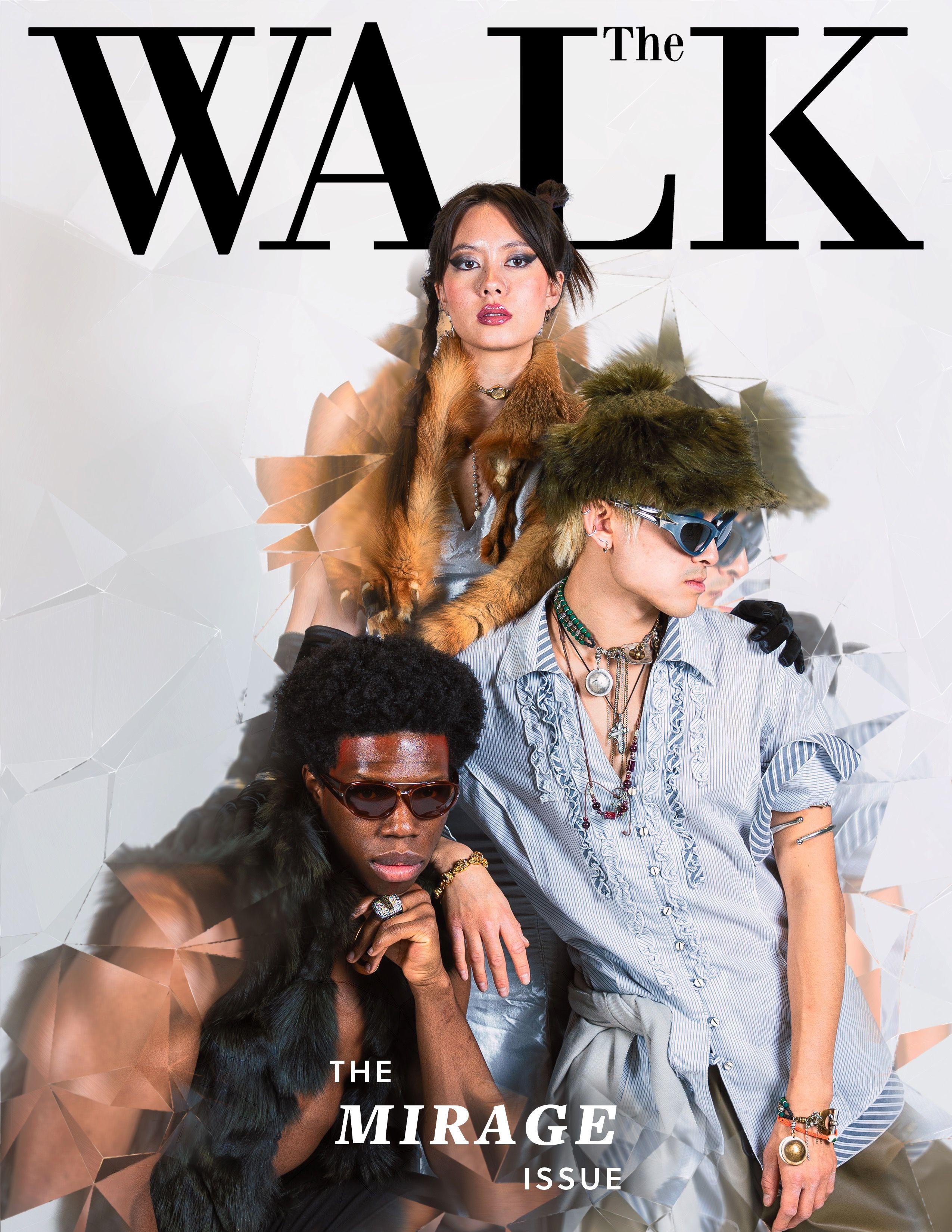

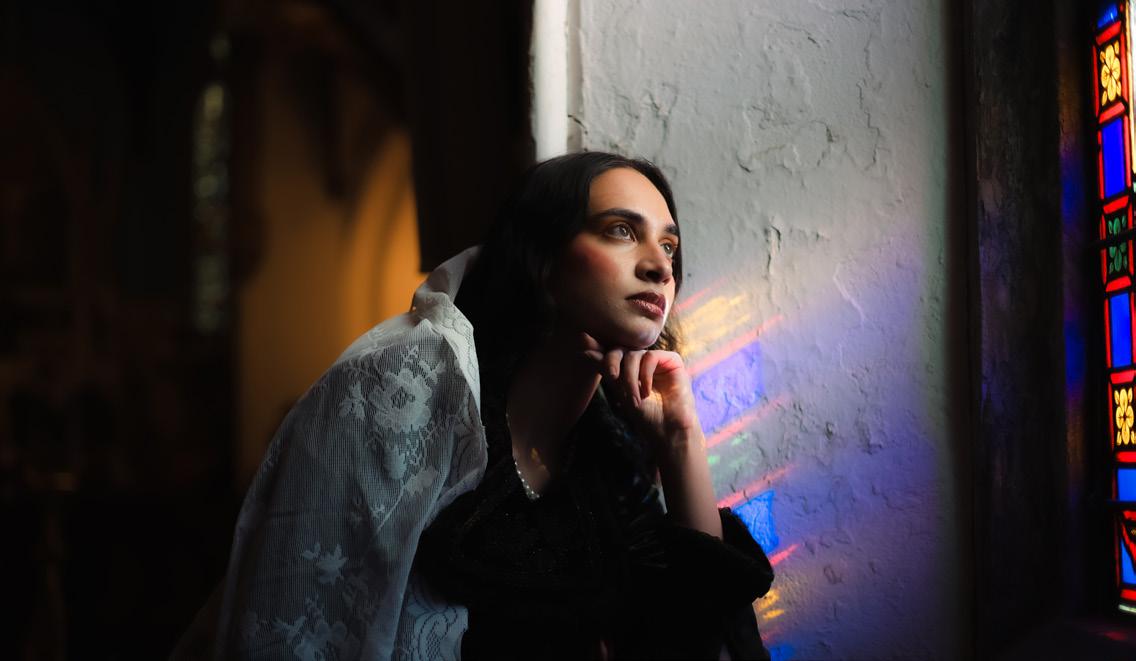

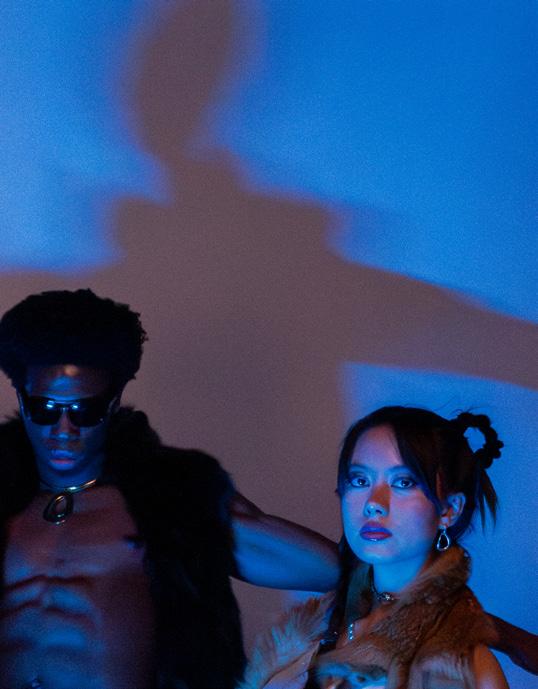
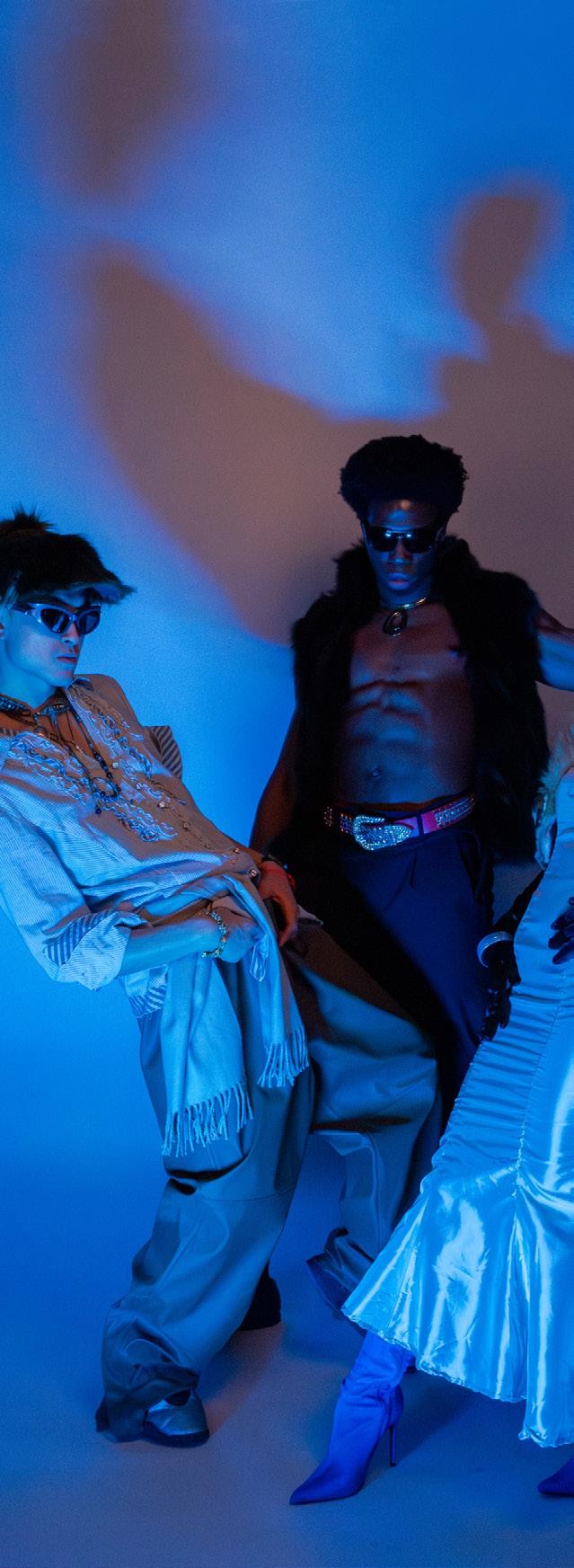


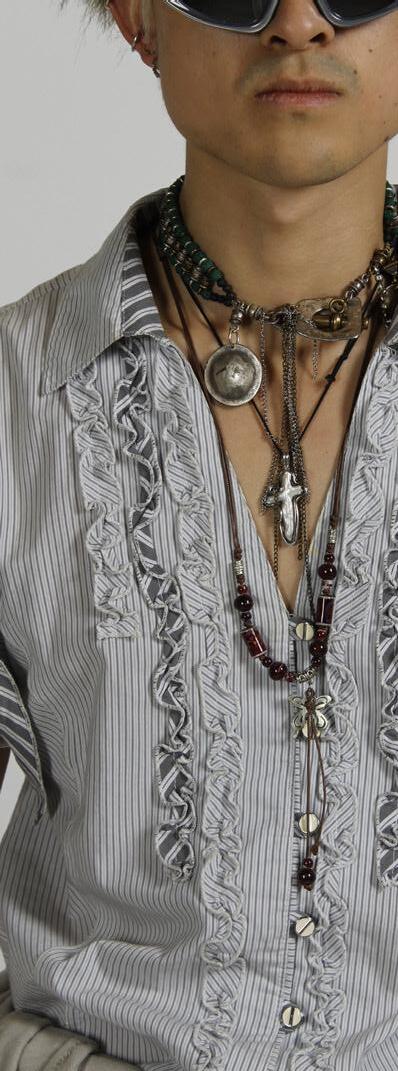
Copyright © 2024 The WALK Magazine. All rights reserved. Stories edited by the editorial staff will carry bylines of the original author. Unless noted otherwise, all content is produced by The WALK teams. Please report corrections to thewalkmag@gmail.com. We will post corrections on our website, at www.thewalkmag.com. The University of Pennsylvania’s premier fashion magazine, The WALK was founded in 2006 as a student initiative and continues to be a student fueled organization. The WALK Online was launched in 2010 as a sister to the print edition. The WALK aims to satisfy our community’s widely-demanded fashion fix year-round. To get involved or learn about advertising and partnership opportunities, please contact us at thewalkmag@gmail.com. 2 The WALK Magazine Spring 2024
Redina Rapi Editorial Director

SPRING/SUMMER 2024
Adelyn Chen
Editor-in-Chief
Sarahbelle Kim, Darya Ameri, Victoria Rosa Creative Directors
Intel Chen Photography Director
Solunna Nwankwo, Grace Holden Marketing Directors
Jackie Hu, Atticus Lim Art Directors
Sarah Li Finance Director
EDITORIAL
Rene Chen Videography Director
Hansie Wang Social Media Director
Feature Editors Sonia Mehta, Ujjayi Pamidigantam, Naya Majeed
Noor Majeed, Erika Kurre Operations Director
Zoe Millstein Web Director
Copy Editors Eunice Chong, Alexandra Kanan, Sydney Kim, Mariam Rizvi, Enise Kupa Staff Writers Lucas Brienza, Shritha
Mandava, Cynthia Schneider, Elizabeth Collins, Logan Yuhas, Zara Tena Contreras, Saskia Rista-Brettler, Rachel Lee, Kate Cho

WEB EDITORIAL
Website Managing Editor Elisabetta Araya Website Tech Analyst Sophie Kadan
Editors Kemi Ogunyankin, Sarah Bender, Taiwo Adeaga, Angelina Sali, Bianca Rodriguez, Moira Connell, Kelly Cho
Writers Sierra Marelia, Violette Dorff, Lex Lemer, Lara Blott Wickins, Maria Wahba, Grace Dudek, Clara Baurmeister, Paige Gibbons, Marcus Meshechok, Jocelyn Tan, Anna Bingle, Malia Sanghvi, Mona Khosla, Jackie Errera, Kate Swett, Sasha Grosberg, Nina Rawal, Sandhya Mahesh
VIDEOGRAPHY
Videographers Hannah Hamdani, Oscar Vasquez, Erica Wiguna, Catherine Zeng, Katherine Li, Elizabeth Jiang
Video Editors Jack Rogers, Atticus Lim, Inbal David, Sophie Shao, Catherine Zeng
PHOTOGRAPHY
Photographers Giuliana Alleva, Jasmine Sun, Amanda Herrera, Intel Chen, Tina Zhang, Zara Baig, Amy Zhou, Erica Wiguna, Noel Palomino De La Torre, Jaein Kim, Jerry Cai
STYLING AND BEAUTY
Beauty Stylists Adya Gupta, Olivia Wendel, Lily Niu, Neha Jain
Fashion Stylists Victoria de la Rosa, Tony Zhang, Tarini Ruia, Jackie Errera, Aly Kerrigan, Athena Ho, Caitlyn Iaccino, Moira Connell, Sareena Patel, Tina Zhang
MARKETING
Campus Engagement Coordinators Giselle Wagner, Raymond Liu
Brand Outreach Coordinators Jasmine Ghambir, Myles Dismont Robinson, Samina Kaushek, Henry Terlevich, Zida Anyachebelu
SOCIAL MEDIA
Engagement Managers Anna Metzger, Katherine Kim, Ash Wright, Suzie Kim, Lila Smith, Kayla Kramer, Grace Rhatigan
TikTok Specialists Alexa Petrosh, Emma Luo, Yash Mahajan, Penelope Grapsas, Inbal David, Kate Swett
FINANCE
Senior Sponsorship Chair Claudia Bellacosa · Analysts Tvisha Baxi, Tatiana Piterbarg, Li Yam Kreiz, Nicole Diner, Rei Tangkijngamwong, Ellen Zhang, Isa Kesselhaut, Rhea Thapar, Shreya Sharma, Alexandra Linehan, Sheen Gupta, Kennedy Kostecki, Eecho Yuan, Isabelle Thym, Dovile Jakutyte, Kai Wang, Karina Devas
ART AND DESIGN
Illustrators Ellen Zhang, Eecho Yuan, Joyce Chen · Designers Isabella Risoli, Yvette Yao, Olivia Hu, Alivia Jiang
OPERATIONS
Operations Advisor Valentina Chang Social Chairs Sam Salcedo Martinez, Josh Mukherjee · Operations Coordinator Naya Majeed
Lead Merch Coordinator Madolin Bergman · Merch Designers Jaein Kim, Isabella Turri
The Mirage Issue 3
10 Posing Porcelain Dolls Pat McGrath’s Glass Skin Makeup 11 RADIANT PHOTO ESSAY 14 Females, Fluidity, & Feminism All about fashion’s “Wetlook” 16 Take Me To Church Divine Couture and Religious Spaces as Runways 18 DIVINE PHOTO ESSAY 24 Godly Bodies and Ungodly Expectations Should one suffer to be considered beautiful? 26 Self-Reflections on Reflections of the Self Are we getting more or less aware of what we actually look like? 30 AVANT PHOTO ESSAY 34 The Costume Alchemy of Poor Things Unveiling the “Poor Things” fashion palette 36 Elsa Schiaparelli and Surrealism Elsa Schiaparelli’s Works of Art 38 Bloody Shoes A Symbol of Seduction, Status, and Sin from Louboutin to Louis XIV 40 FABLE PHOTO ESSAY 43 Deception on the Runway The art of illusions in fashion shows 44 Couture’s Best Illusions: Fashion’s Mirage at the Met Gala The Met Gala’s enduring legacy of blurring the lines between costume and couture 46 RENAISSANCE PHOTO ESSAY 52 Stitches at an Exhibition A love letter to the people and places I wear 4 The WALK Magazine Spring 2024 54 Senior Spotlight A tribute to the Class of 2024

Cover Look: MIRAGE
Mirages are a poignant reminder of transience of reality. The shimmering oasis fades into the desert sands, and likewise, our perceptions of certainty often evaporate before our eyes, leaving behind only a trail of elusive dreams.
Our futuristic cover look, taken from the “Avant” shoot, begins to blur boundaries between reality and fiction, inviting you to fill in the blanks with your imagination. The models embody the paradox of existence, straddling the line between the known and the unknown. What is reality in a world where nothing is as it seems? Within the pages of this issue, we give you the freedom to explore. After all, all territories were once uncharted.
View more on page 30.
The Mirage Issue 5
Letter from theeditor
Some years ago, a post about the frivolity of literary criticism in high school English classes garnered widespread attention across several social media platforms. In the post, a hypothetical teacher suggested that the author of a book wrote that the curtains in a scene were blue in order to represent a character’s dejection and lack of motivation. Along with a Venn diagram showing minimal overlap between the teacher’s interpretations and the author’s intentions, the post responded that the author simply meant for the curtains to be blue—and nothing further.
Since then, the internet has remained divided about the validity of the interpretation. Some believe that there is no worth in drawing dubious connections between descriptors and intentions, and others argue that such dissection is what brings any meaning to art at all. In the Mirage issue, The WALK chooses to embrace both perspectives; while our artistic decisions are intentional, readers are invited to fill in the blanks where they see fit. We encourage you to see beyond what we have printed, what may not really be there.
This issue begins with the “Radiant” photoshoot, where the interplay of light and shadow accentuates the pearls adorning the models’ skin. Zara Tena’s (’26) “Take Me To Church” examines the inextricable ties between fashion and religion, providing a segue into our “Divine” photoshoot; captured at St. Mary’s Church, the shoot mirrors many iconic collections that have been showcased in religious spaces. In “Self-Reflections on Reflections of the Self,” Saskia Rista-Brettler (’25) questions whether the advent of technology and the rise of social media have distorted perceptions of our own appearances.
The “Avant” shoot is an experiment with angles and reflective fabrics, and a peek into the cyberpunk future that we dreamt of as children. Kate Cho unearths the deeper history of red shoes in her article “Bloody Shoes,” from ageold fairy tales to iconic Louboutins. “Fable” is reminiscent of a dreamscape; the shoot features two stunning gowns by Haverford College’s Maxine Roeder, transforming the model into a storybook goddess. Our final photoshoot, “Renaissance,” is photographed at the Woodlands Cemetery. In its hauntingly beautiful setting, our photos are a fleeting glimpse of a world long gone. As the magazine draws to a close, there is a palpable sense of hope, a reminder that from the ashes of the past, new beginnings emerge.
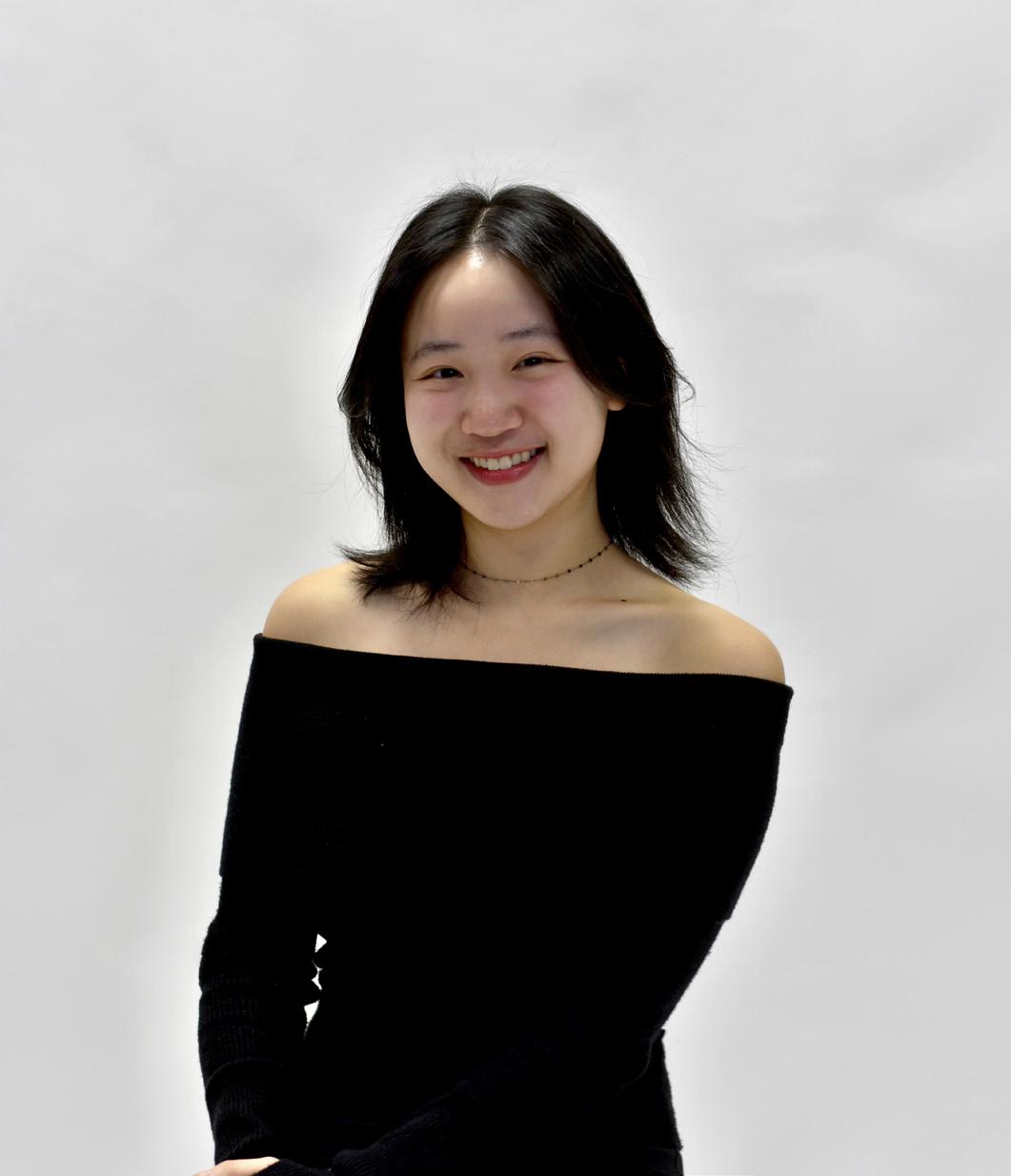
This season saw several milestones for The WALK. Web Director Zoe Millstein (’24) and Lola Thrower (’24) pioneered the launch of our newly updated website at thewalkmag.com, enabling the world to experience the brilliance of the creative minds on our team. Marketing Directors Grace Holden (’24) and Solunna Nwankwo (’24) spearheaded our second annual charity fashion show, 27L, in partnership with Psi Upsilon; all of the proceeds were donated to The Wardrobe, a Philadelphia-based charity dedicated to providing workwear to those in need. I am so honored to be part of this incredible team, and every single day with them has been a blessing.
Throughout the Mirage issue, we welcome you to interpret our artistry however you choose. Just like a mirage, we can only bend the light to place the photos and colors in front of you; it is your perception that brings them to life.
With love,
 Adelyn Chen Editor-in-Chief
Adelyn Chen Editor-in-Chief
6 The WALK Magazine Spring 2024
about our photo essays
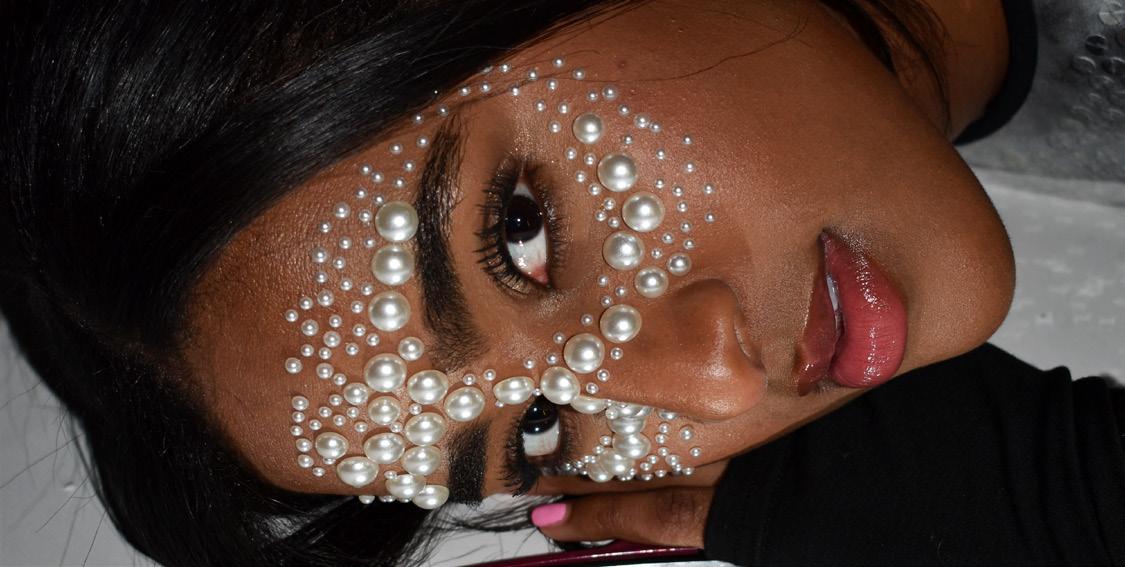
Plucked from dreams of a cyberspace future, the Avant photoshoot depicts three models as the harbingers of a new age. Piercing gazes and metallic garments accentuate their otherworldly allure, transporting you to another reality.
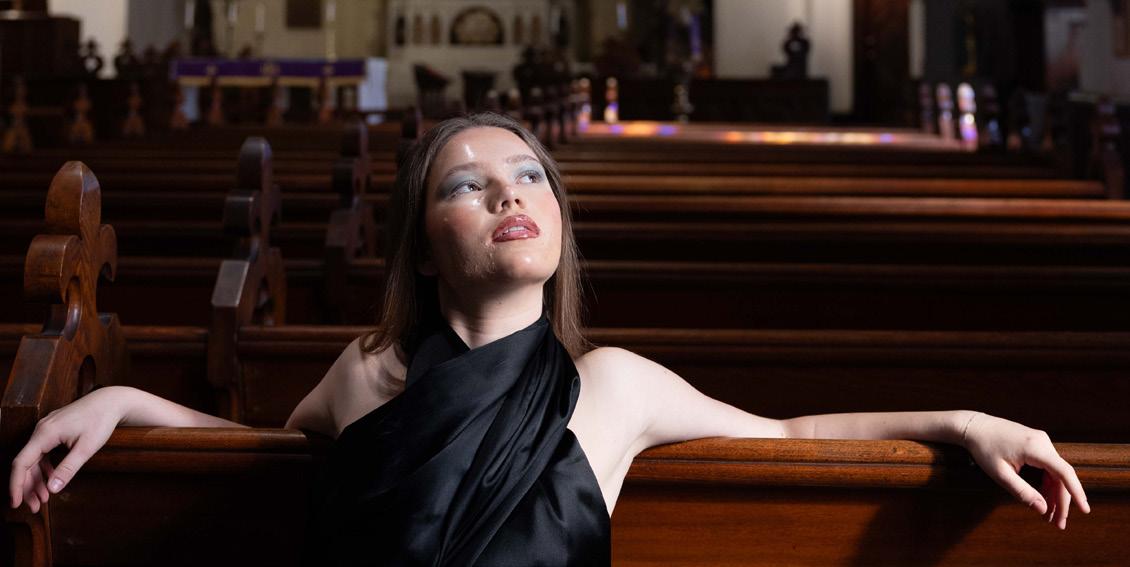
divine
“Mirage” is derived from the Latin mirari—“to look at, to wonder at.” In the Radiant shoot, three models adorned with pearls glow against the darkness, inviting the reader to admire their beauty and wonder what the rest of the magazine holds. Each pearl is a glistening gem, evoking the allure of a mirage shimmering in the desert sun.
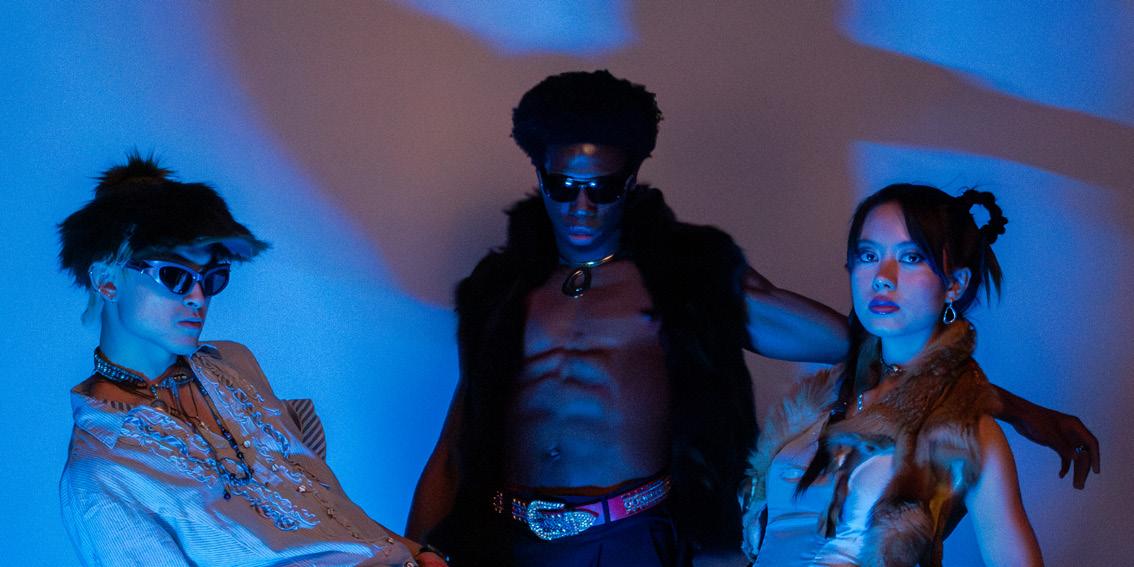
Fashion and religion have always been intertwined, from ancient standards of dress to religious motifs plastered across modern casual attire. Set against the backdrop of St. Mary’s Church, the Divine shoot honors the mysteries and beliefs within the walls of sacred spaces.
So much in life is fleeting—cherry blossoms in the Spring, orange skies in a beautiful sunset, blooming dandelions before a gust of wind. In the Fable shoot, we aim to capture this ephemeral beauty. The model dons two stunning gowns by Haverford College’s Maxine Roeder, glowing among flower petals and golden hues.
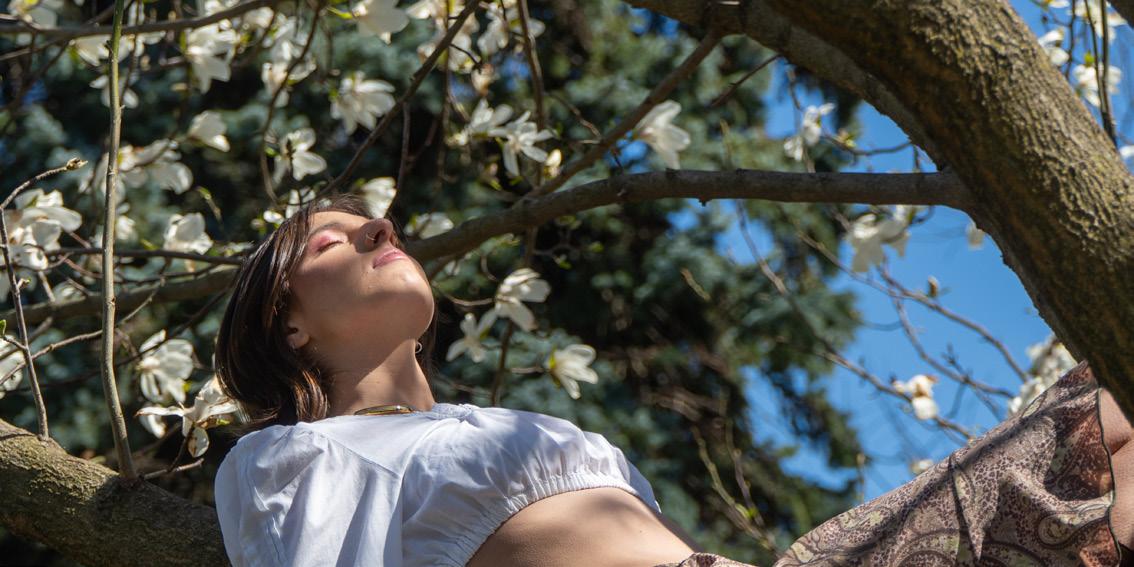
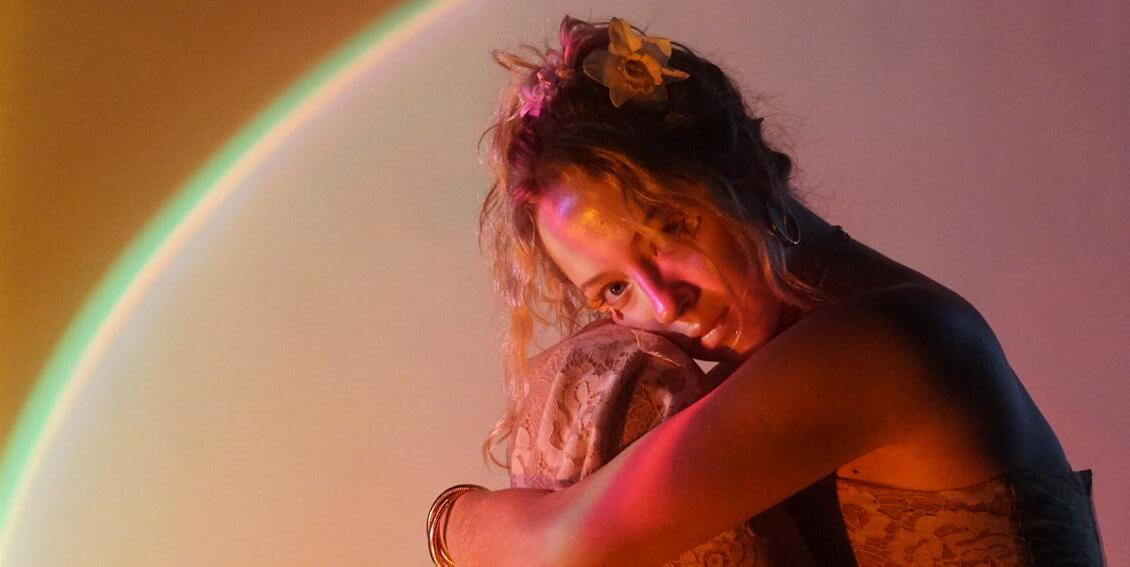
Photographed at the Woodlands Cemetery in West Philadelphia, the Renaissance shoot evokes a sense of rebirth. This photoshoot is emblematic of the “Death of the Author” theme reverberating throughout the magazine—that is, the idea that what we have created derives its meaning not from our intention but from your interpretation, allowing you to breathe life into our work.
fable renaissance radiant
avant
The Mirage Issue 7
TEAM SPOTLIGHT: VIDEOGRAPHY
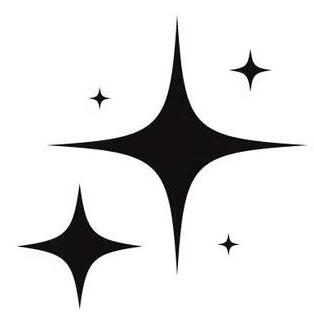
The video team at The WALK Magazine is a dynamic group of creatives who specialize in capturing the essence of the fashion world. Composed of videographers and editors, the team brings behind-the-scenes magic to life: crafting captivating teaser videos and trend-fitting reels, documenting event highlights, and conducting insightful interviews with models and creative directors. With a keen eye for storytelling and a dedication to visual excellence, the team has supported The WALK’s digital expansion and the magazine’s mission to foster a broader sense of community on campus, ensuring that our audiences are immersed in the vibrant world of fashion, culture, and creativity through compelling and engaging video content.

Uniform Photoshoot: Model Interviews
Videographers: Raine Zhao, Rene Chen
Video Editor: Rene Chen

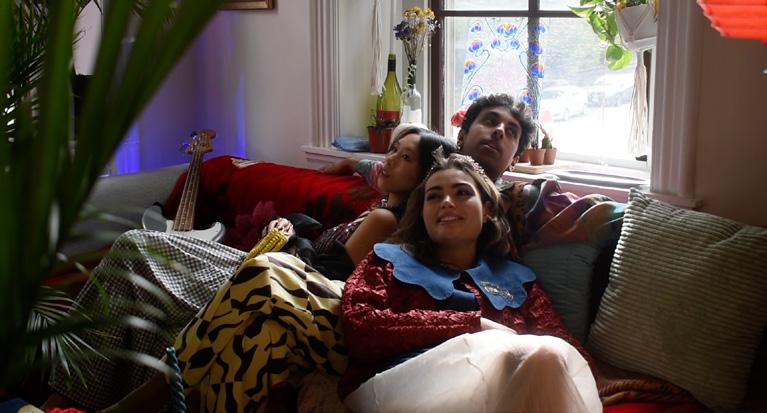
Eclectic Photoshoot: Teaser
Videographer: Hannah Hamdani
Video Editor: Atticus Lim



Uniform Photoshoot: Teaser
Videographers: Raine Zhao, Rene Chen
Video Editor: Sophia Nehme

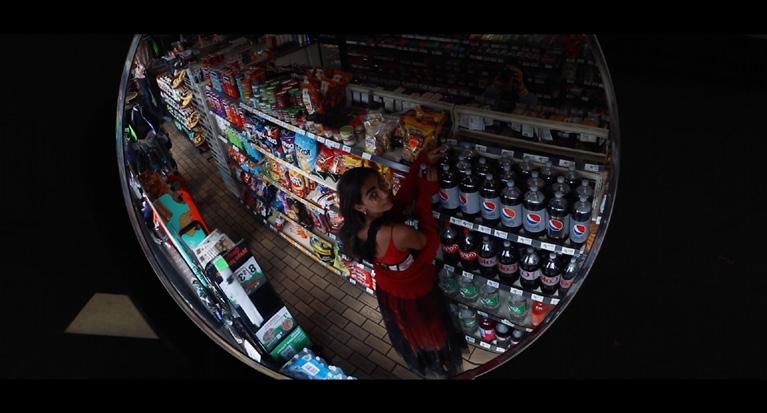
Chaotic Photoshoot: Teaser
Videographers: Erica Wiguna, Rene Chen
Video Editor: Erica Wiguna

See more at thewalkmag.com! 8 The WALK Magazine Spring 2024

WEB FEATURES
Spring 2024

The Beauty Industry Made its Mark on Fashion Week
Clara Baumeister | March 24, 2024

Guo Pei: An Alternate Universe
Grace Dudek | March 13, 2024

Fashion Across the Globe
Mona Khosla | March 26, 2024

Pharrell’s Impact Across Creative Outlets
Kate Swett | March 17, 2024
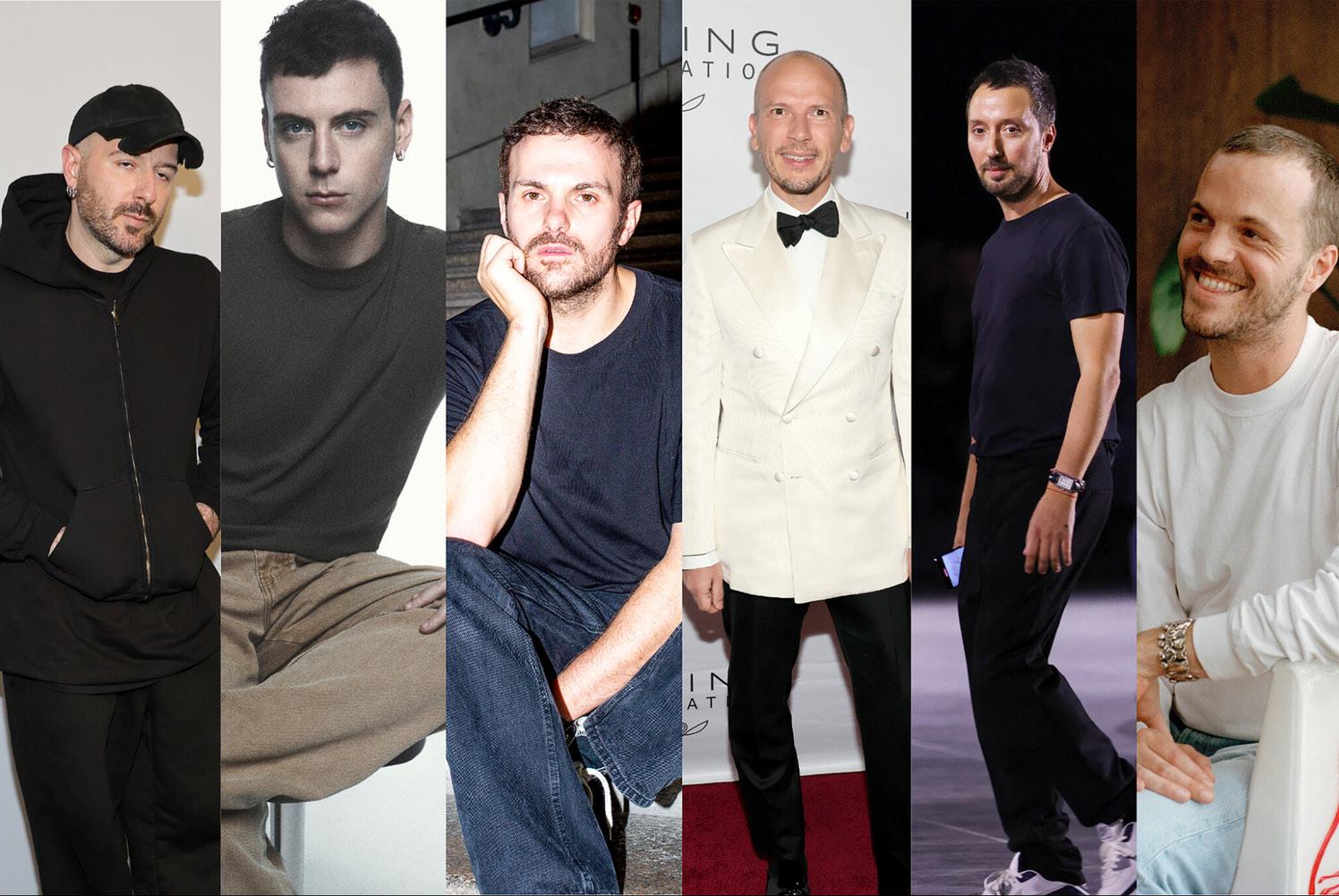
Where Are All the Women? Fashion’s Current Lack of Female Creative Directors
Sasha Grosberg | March 31, 2024
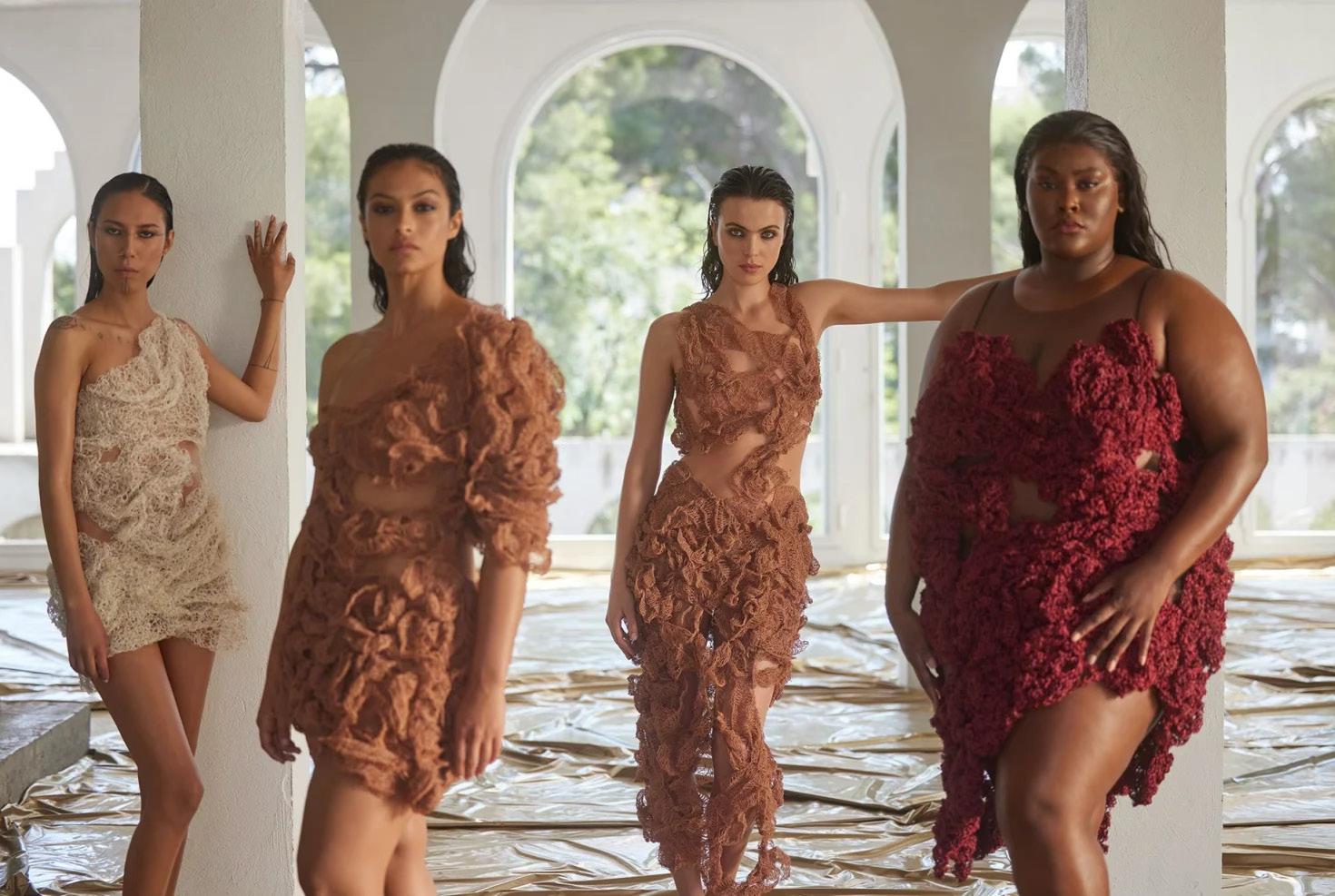
Unveiling the Controversy: The New Victoria’s Secret Fashion Show
Nina Rawal | March 8, 2024
The Mirage Issue 9
POSING PORCELAIN DOLLS
Unexpected Collaboration Shakes the Runway
Porcelain skin, pencil-thin eyebrows and striking eyes, lips and cheeks. True living dolls.
In the ethereal realm of fashion, where innovation knows no bounds and creativity reigns supreme, the recent Maison Margiela runway show emerged as a beacon of avant-garde brilliance. Spearheaded by creative visionary John Galliano and amplified by the transformative artistry of legendary makeup maven Pat McGrath, deemed the most influential makeup artist in the world by Vogue, the show transcended conventional norms and earned critical acclaim. Her waxen, glazed complexions stole the spotlight, sparking numerous magazine analyses and TikTok tutorials, some of which have already garnered millions of views.
A Fusion of Creativity
As titans of their respective fields, Galliano and McGrath brought together their distinct talents and boundless imaginations to craft a runway experience that defied expectations. For Galliano, fashion is an art form—a means of expression that knows no limits. And for McGrath, makeup is the ultimate medium through which to sculpt and enhance natural beauty, transforming faces into living canvases. Together, they sought to challenge perceptions and push boundaries, creating a sensory feast for the eyes and soul.
McGrath’s Radiant Revelation
At the heart of McGrath’s contribution to the Maison Margiela show was her interpretation of the glass skin trend—an aesthetic characterized by a luminous, translucent complexion that exudes an otherworldly glow. Models graced the runway with faces aglow, their skin appearing as though kissed by moonlight. McGrath’s meticulous attention to detail and expert application techniques resulted in a flawless, dewy finish that served as the perfect canvas for Galliano’s avant-garde designs.
In a show report breaking down the Maison Margiela look, McGrath explained that “skin is coated in a hyper-shiny glaze, mimicking the smooth, reflective quality of glass and completing the models’ unbelievable metamorphosis.” Fans hurried to recreate the look with Kryolan’s Liquid Glass and Freeman’s Renewing Cucumber Peel-Off Gel Mask in the absence of McGrath revealing her technique. Regardless of accusations of gatekeeping, McGrath revealed her backstage secrets in a live Instagram masterclass.
“Water and a lot of other products went into this for the perfect consistency,” she said on the video while divulging the concoction of products used, primarily including peel-off masks, diluted with distilled water, and applied in multiple layers via an airbrush. Each layer was then blow-dried to set. The process began with prepping the skin using her own Pat McGrath Labs Divine Skin: Rose 001TM The Essence. Subsequently, she applied the 5 different peel-off masks and a gloss.
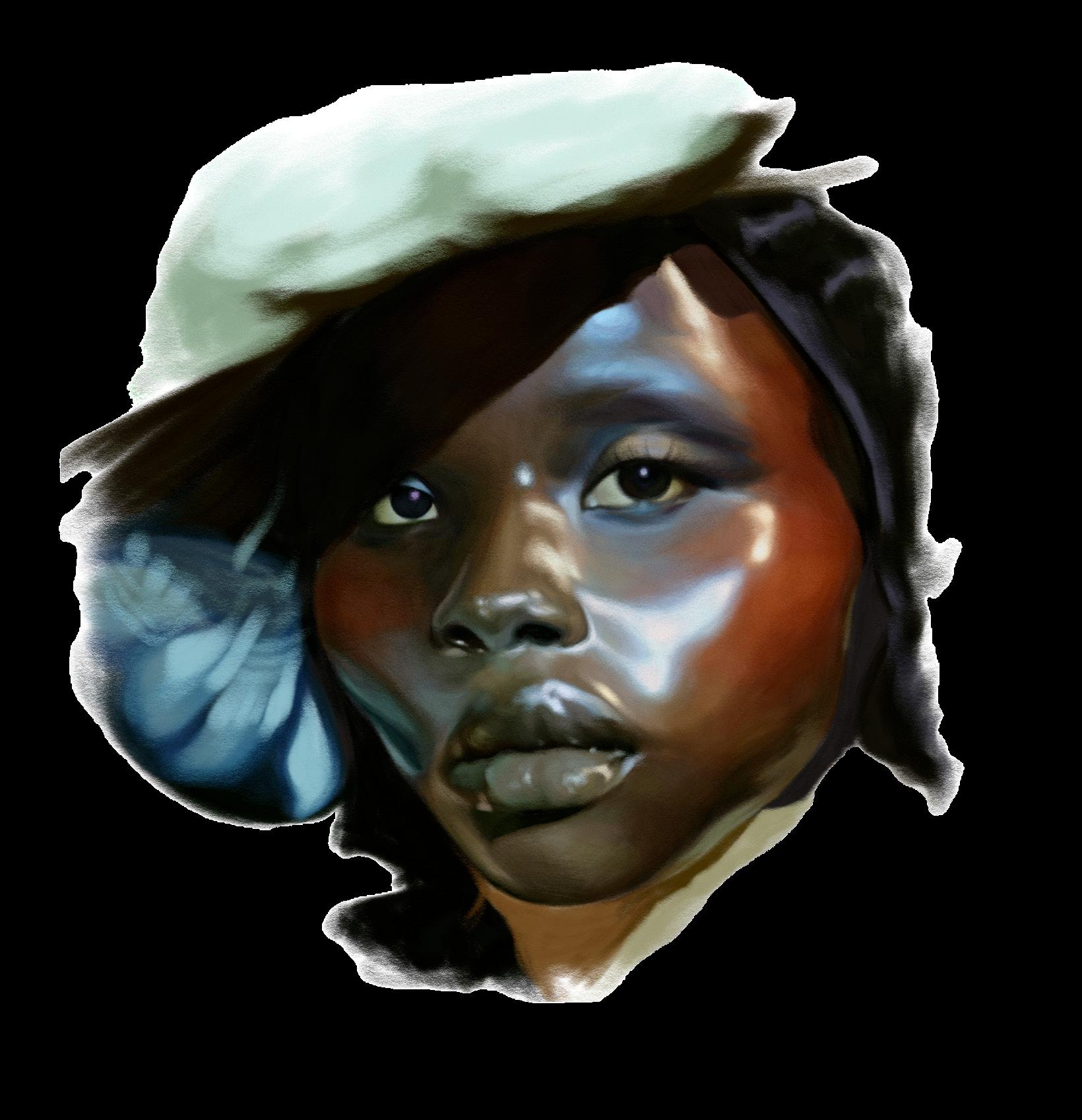
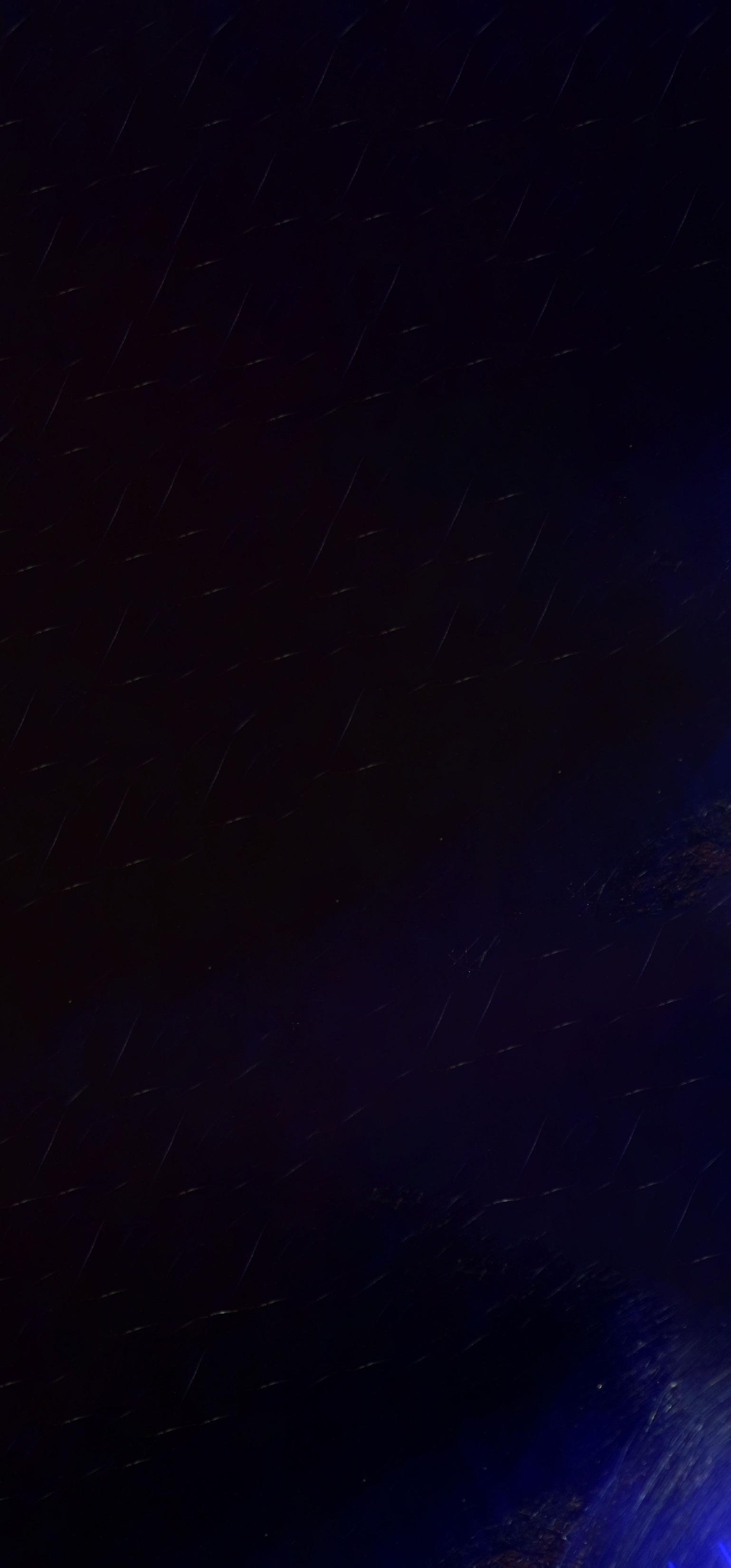
McGrath also confirmed that a product for achieving the glass skin makeup look will be launched soon.
Minimalist Mastery
Despite the high-concept nature of the Maison Margiela collection, McGrath opted for a minimalist approach to makeup, allowing the models’ natural beauty to shine through. She employed a delicate touch, using sheer, lightweight formulas to enhance rather than mask the skin’s inherent radiance. Strategic placement of illuminating products accentuated the high points of the face, creating a soft, diffused glow that seemed to emanate from within.
A Celebrated Collaboration
As the final model took her triumphant stride down the Maison Margiela runway, the collaboration between Pat McGrath and John Galliano stood as a testament to the transformative power of creative synergy. Together, they had redefined beauty standards, challenged preconceived notions, and inspired awe and wonder in all who beheld their collective masterpiece. Theirs was a partnership forged in the fires of innovation—a union of visionaries whose creative legacy would endure for generations to come.
WRITTEN BY RACHEL LEE
DESIGNED BY ISABELLA RISOLI
ILLUSTRATED BY JACKIE HU
10 The WALK Magazine Spring 2024
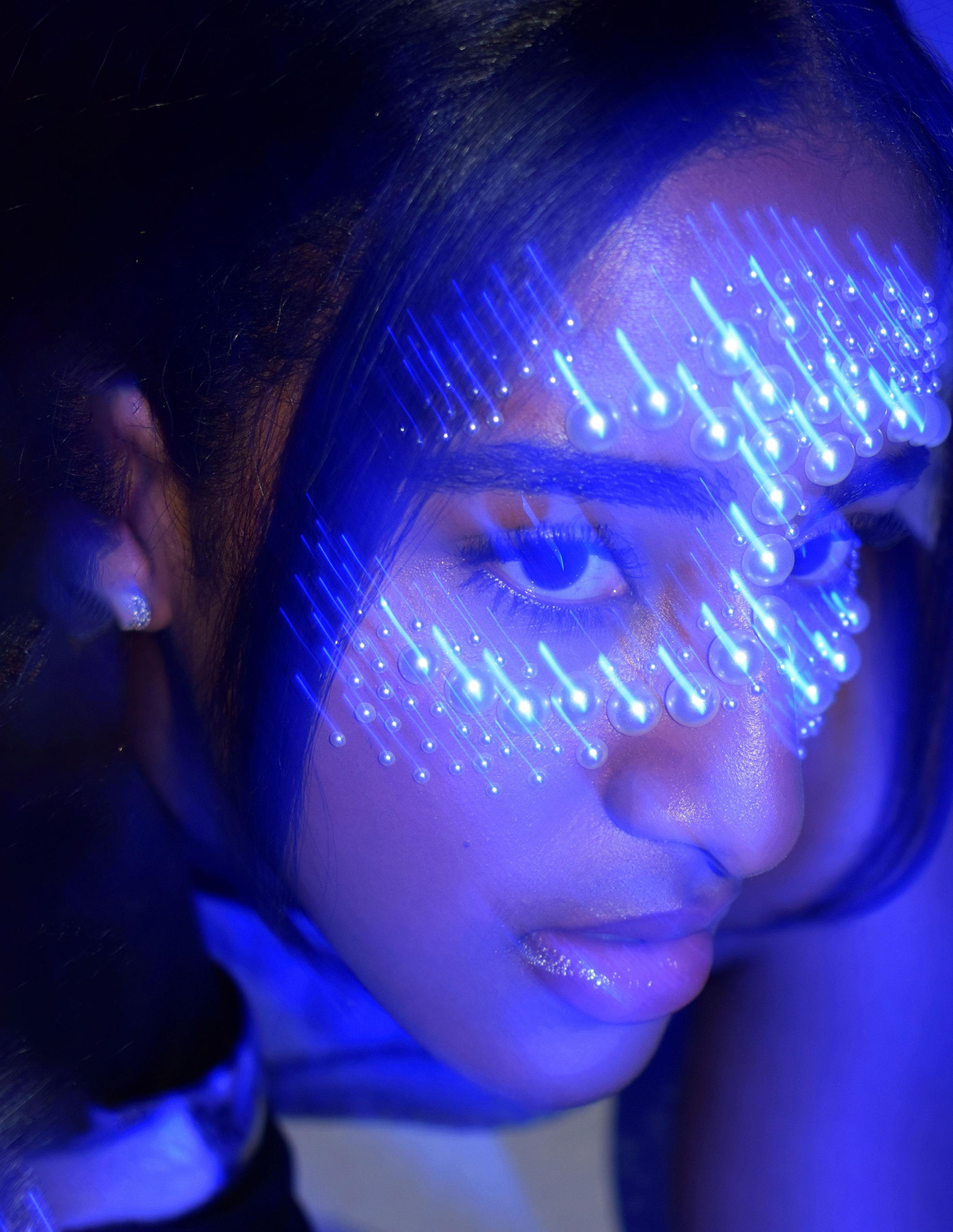
The Mirage Issue 11
STYLED

ALY
12 The WALK Magazine Spring 2024
DIRECTED BY DARYA AMERI, SARAHBELLE KIM, VICTORIA ROSA.
BY
KERRIGAN, TONY ZHANG, SAREENA PATEL, CAITLYN IACCINO, VICTORIA DE LA ROSA, JACKIE ERRERA. MAKEUP BY DARYA AMERI, LILY NIU. MODELED BY KADE SHIPPY, HALLA ELKHWAD, STELLA HUNG. PHOTOGRAPHED BY TINA ZHANG, ZARA BAIG, GIULIANA ALLEVA. DESIGN BY JACKIE HU.

The Mirage Issue 13

Females, Fluidity, & Feminism
From our natural fluid states to the shape of our bodies, the “Wetlook” embraces female sexuality in all of its forms
As water touches clothing, its threads translucently suction to the skin that rests on the female body. Clothes were made to protect, conceal, and hide. Yet, water has the power to utterly disrupt these services and, instead, accentuate the female figure. The “Wetlook,” a design that makes garments appear sopping wet, confronts female sexuality and our instinctive desires to conceal it.
Greek womenswear designer Dimitri Petsa is a current force behind the “Wetlook.” After receiving her B.A. in Performance Design, Petsa studied at Central Saint Martins, where she earned her M.A. in Fashion Design. In 2019, Petsa founded her company, “Di Petsa,” which explores the relationship between the woman and her fluid states. Petsa is further known for her depiction of “wearer-performers,” a term she uses in lieu of “model” or “customer” to exude the level of active performativity needed to wear her pieces. The designer casts diverse wearerperformers for her collections and honors their natural beauty, encouraging them and all consumers to be comfortable in their own skin.
Petsa’s first Wetlook collection, titled “Wetness,” originated from her rebellion against the patriarchal censorship of women’s fluidity. The designer took to X (formerly Twitter) in April of 2020, saying:
“I am investigating our relationship with water. Our bodily fluids, water filtered through our bodies, bodily water. Holy water, Sea water.
If you cry in public you must hide it
If you sweat in public you must hide it
If you breastfeed in public you must hide it”
14 The WALK Magazine Spring 2024
In an interview for 1 Granary, the designer further explained the conflicting relationship we have with water, noting how we use products such as antiperspirants and sanitary napkins to rid and disguise our bodies of their natural fluid states. Petsa says, “We are mostly made out of water, and we are constantly trying to fight this.” Hence, her creation of the “Wetlook” aims to magnify the natural abundance of female fluidity, which is frequently concealed and shamed.
Petsa’s looks range from approximately $780 to $3,100 in price. In an interview with Vogue, Petsa said that she uses draping and stitching methods while combining translucent and white fabrics to create the illusion that her garments are drenched in water. It took her six months to solidify this technique, and she describes it as very labor-intensive, which likely contributes to the high price range. Additionally, every look is made to order, meaning the garments are draped uniquely each time.
Petsa has worked with big names, including FKA twigs, Rina Sawayama, Kylie Jenner, Shakira, and Megan Fox. Kourtney, Khloe, and Kim Kardashian all shone in Petsa’s wetlook designs for their KKW Fragrance campaign. Most notably, Gigi Hadid revealed her baby bump in Petsa’s signature white piece, which earned the designer well-deserved attention.
While Petsa remains the leading force behind the Wetlook, its design roots go back to the Revolutionary era of France. Women in the era of Marie Antoinette would wear voluminous hairstyles and dainty bows and, sometimes, submerge their ball dresses in water before leaving their homes. Despite the health risks and lack of practicality that came along with soaking in water, women were able to achieve the suctioning effect, highlighting their bodies. The consequential display of sexuality and sensuality intended to appeal to the male gaze as women went to different balls in search of suitors. Petsa counters the misogynistic roots of the wetlook, instead giving the power back to women and allowing them to embrace their sexuality.
Other designers have stunned the fashion industry with similarly empowering looks. One well-known example is Kim Kardashian’s 2019 Met Gala look, designed by Manfred Mugler, House of Mugler’s creative director. The theme was “Camp,” encouraging stars to push the limits of “over the top.” On the red carpet,
Kardashian stated that Mugler took inspiration from Sophia Loren’s transparent wet dress in the movie Boy on a Dolphin. Mugler wanted Kardashian to embody a California girl emerging from the ocean dripping wet. Kardashian wore a latex skin tone dress, perfectly corseted to her figure, and beaded crystals hung off the dress as if she were sparkling in the California sun. While Mugler has not explicitly stated that this look was intended to explore the complex relationship between females and our natural fluid states, his design can be interpreted as an honor of the female figure as it suctions to Kardashian’s body and compliments her frame. Another renowned example of a water-inspired look is Zendaya’s Balmain gown, from the premiere of Dune at the Venice Film Festival. Balmain’s creative director, Olivier Rousteing, constructed the nude leather gown that stunned fashion lovers all over the world. The Balmain dress effortlessly clung to Zendaya’s figure, featuring a high slight and constructed corset. Similarly to Mulger’s construction of Kim Kardashian’s Met Gala look, Rousteing used the wet-look technique to complement Zendaya’s frame, re-emphasizing the dynamic relationship between females and fluidity.
The evolution of the “Wetlook” in fashion, spearheaded by visionary designers like Dimitri Petsa, signifies a profound shift in the narrative surrounding female sexuality and fluidity. Petsa’s deliberate exploration of water’s transformative power on garments challenges societal norms and patriarchal expectations, inviting women to embrace their natural fluid states rather than conceal them. Through meticulous craftsmanship and a commitment to inclusivity, Petsa empowers wearers to celebrate their bodies authentically. While rooted in historical practices that often catered to the male gaze, Petsa and other trailblazing designers redefine the Wetlook as a symbol of selfexpression and liberation. As fashion continues to evolve, these bold statements remind us of the enduring strength found in embracing one’s own fluidity and the beauty that lies within it.
Written by Elizabeth Collins
Designed by Yvette Yao
Illustrated by Ellen Zhang
The Mirage Issue 15
Take Me To Church
Navigating the landscape of fashion’s connection with religion.
WRITTEN BY: ZARA TENA
DESIGNED BY: ISABELLA RISOLI ILLUSTRATIONS: ATTICUS LIM
In the ever-changing world of fashion, designers often find inspiration in unconventional places, pushing boundaries, and challenging societal norms. One of these places of inspiration is religion, with which a delicate relationship has developed, sparking debates about morality, respect, and artistic expression. As someone who grew up in Mexico, an extremely Catholic country, I have always seen the beauty of religious art, but seeing it come to life in more modern takes in fashion is always a magical experience.
However, as fashion intersects with religious themes, it is important to question how designers are using something so delicate as a form of artistic expression. While artistic freedom encourages innovation, it also requires a respectful approach toward beliefs and cultures that so many hold close to their hearts. In navigating this, it is essential to have a deep understanding of the dynamics that come at play when designers use the sacred to inspire or present their collections.
Religions often carry a deep cultural and historical significance. Elements like symbolism, rituals, and stories that are embedded in religious traditions have often inspired several aspects of our day-to-day lives, so it is not surprising that fashion has translated this heritage into intricate designs and beautiful aesthetics. Religious themes tend to evoke powerful emotions that can even resonate with those that do not follow a religion, making fashion go beyond superficial aesthetics and into a more meaningful realm. Here are some collections that have taken inspiration from religion, particularly from Christianity, and turned religious spaces into powerful art spaces:
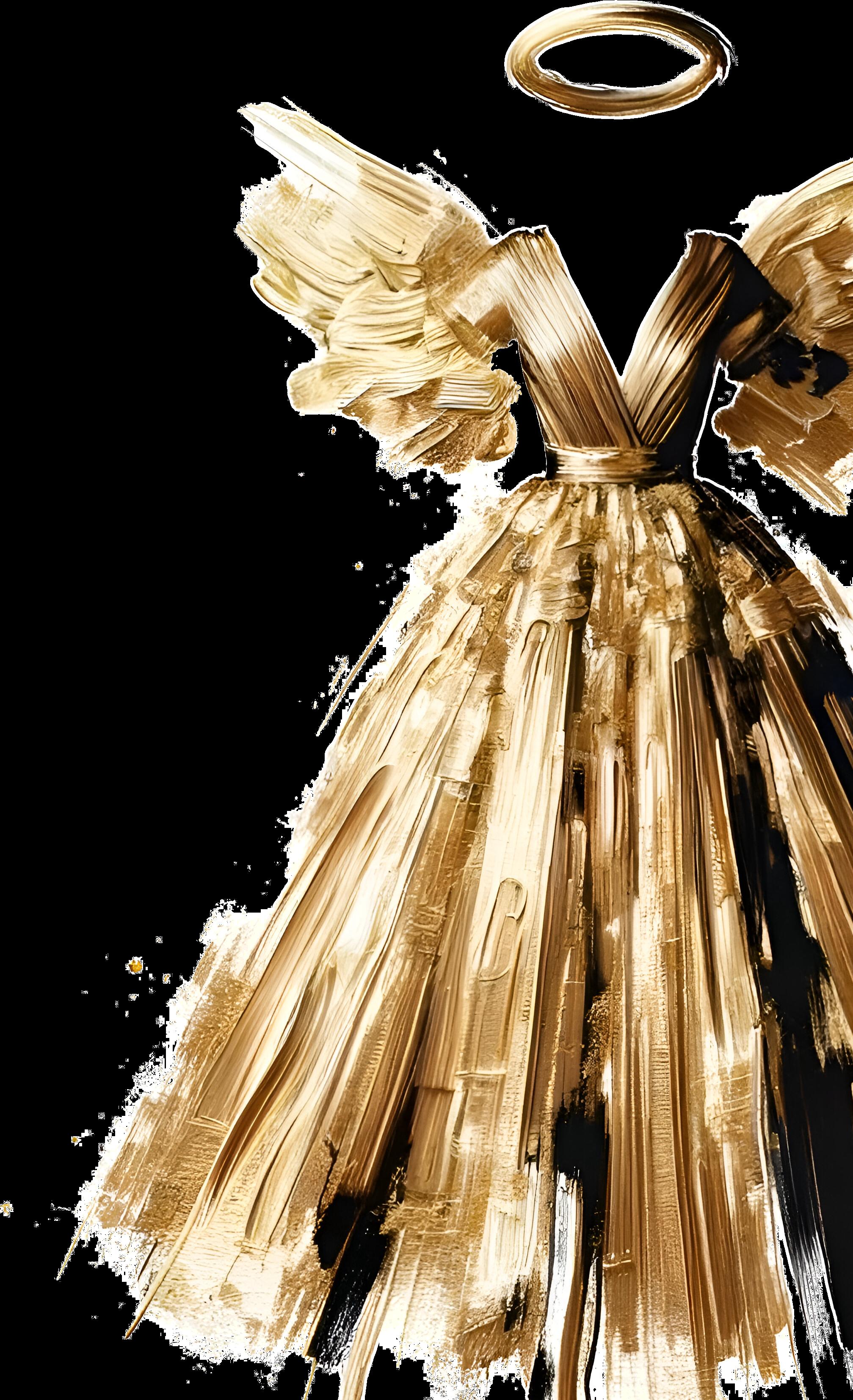
16 The WALK Magazine Spring 2024

Alexander McQueen, Fall 1996
Religion has always played an important role in McQueen’s collections, but the Fall 1996 collection took it to another level. The collection is titled Dante after Dante Alighieri, and is shaped around the Divine Comedy and the views of the afterlife presented in it. With this collection, McQueen drew from religion to make a commentary on its relationship with war, and how, in his opinion, religion has been the cause for every single war. The pieces show this relationship by presenting very delicate and structured pieces with strong patterns and sharp shapes. Not only that, but the show was presented at the Christ Church in Spitalfields designed by Nicholas Hawksmoor, whose connection to the occult added an extra dimension to the designs.
Jean Paul Gaultier, Spring 2007
Jean Paul Gaultier’s treatment of religion has sometimes sparked great outrage in the religious community. However, the Spring 2007 collection captured the beauty of religious iconography in the pieces. The show transported the audience to churches in the Catholic world. From the delicate makeup to the halos that adorned every model’s head, the collection took inspiration from local churches and the art that adorns these sacred places. Still, there was a spin to the garments, with lace and crochet used to create beautiful dresses and pants – that were anything but traditional.
Atelier Versace, Fall 1997 Couture
Gianni Versace’s Fall 1997 Atelier Versace show – and his last – created a beautiful balance between modernity and culture. In his last seasons, Versace was drifting away from the revealing and controversial fashion that characterized his collections, instead moving to more elegant yet modern looks. The collection had a subtle religious theme, with big jewelry in the form of crosses and black garments that took modest habits from conservative pieces to elegant and modern dresses.
Linder, Fall 2018
Linder’s Fall 2018 was inspired by paganism and Artemis. The garments played around the concepts of the moon and water, and the role of nature in faith. The general criticism for this line was that the designs felt a bit outdated; however, the religious message behind it was strongly conveyed. It addressed questions about the afterlife, hell, and mythology. Additionally, the collection comments on the role of women as independent and strong characters, as are the pagan witches and Artemis.
Alexa Chung, Pre-Fall 2017
While Alexa Chung’s 2017 Pre-Fall collection was not directly linked to religion, the show was held in a Danish church adjacent to Regent’s Park in London, and was set up like a wedding. The show was accompanied by the Capital Children’s Choir, bringing the entire wedding-like atmosphere together. Now, while today people do not necessarily look at weddings from a religious perspective, the presentation of this line in that specific setting shows how religion is part of our daily lives, whether we notice it or not.
Gucci Resort, 2017
Alessandro Michele had the 2017 Gucci Resort fashion show at Westminster Abbey. Yes, the collection was presented in the same church where British monarchs have been crowned and married. While the collection was the furthest thing from what one could call traditional, it is a beautiful tribute to British tradition, which is obviously inherently religious. Michele even mentioned that the Gothic and Victorian aspects of the church served as inspiration for the line.
As we keep on navigating this delicate landscape, it becomes very clear that fashion’s connection with religion is more than just surface-level admiration. It delves into the realms of culture, history, and personal belief. Each collection carries a unique narrative that adds depth to the dialogue between fashion and faith. Moreover, the choice of venue for fashion shows, underscores the omnipresence of religion in our daily lives, whether we consciously acknowledge it or not.
The Mirage Issue 17

18 The WALK Magazine Spring 2024
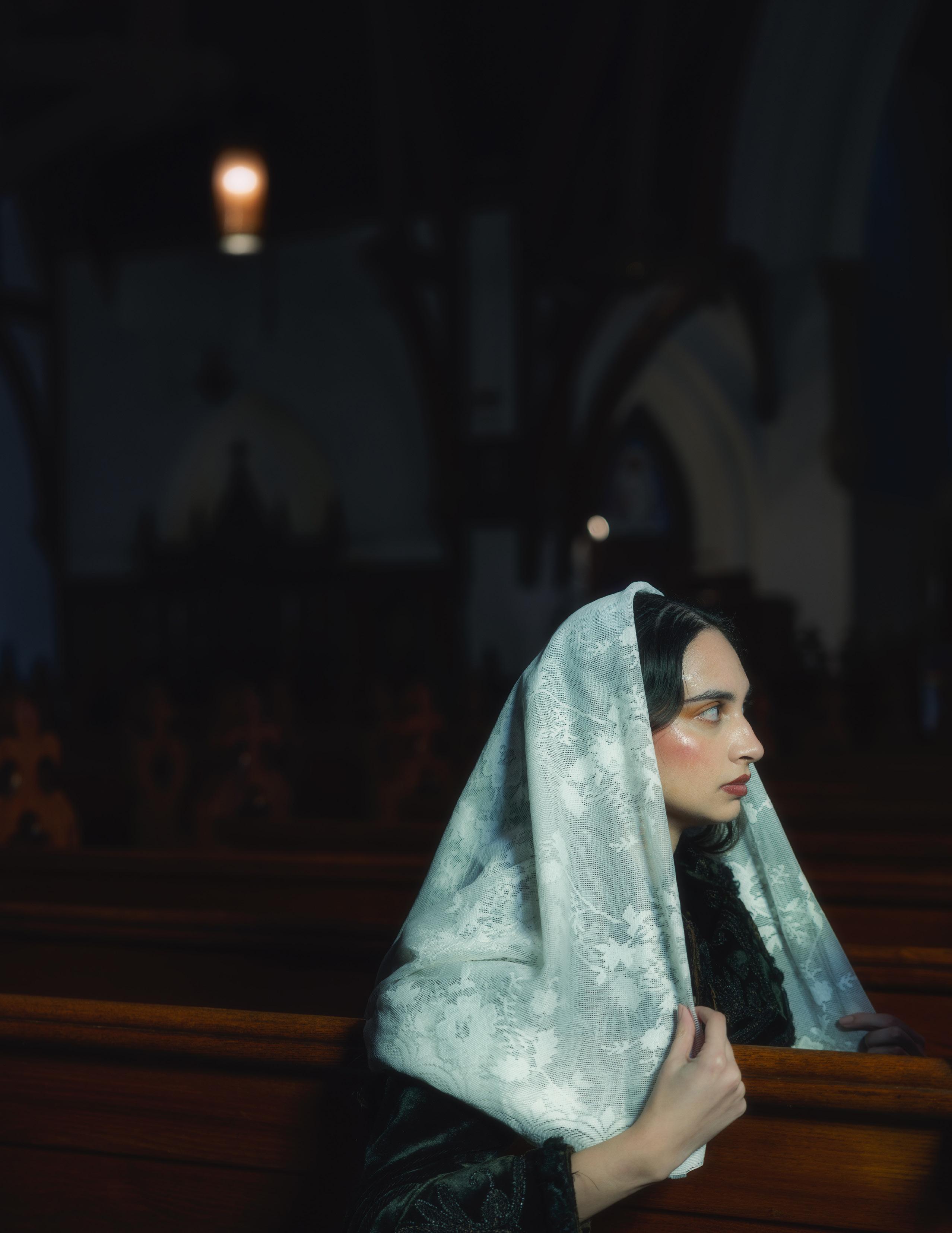
The Mirage Issue 19
DIRECTED BY DARYA AMERI, SARAHBELLE KIM, VICTORIA ROSA. STYLED BY ALY KERRIGAN, JACKIE ERRERA, TARINI RUIA, OLIVIA WENDEL. MAKEUP BY DARYA AMERI, LILY NIU. MODELED BY FARAH SAYED, DAMINIKA SOBAL.
PHOTOGRAPHED BY INTEL CHEN, AMY ZHOU. DESIGN BY JACKIE HU.
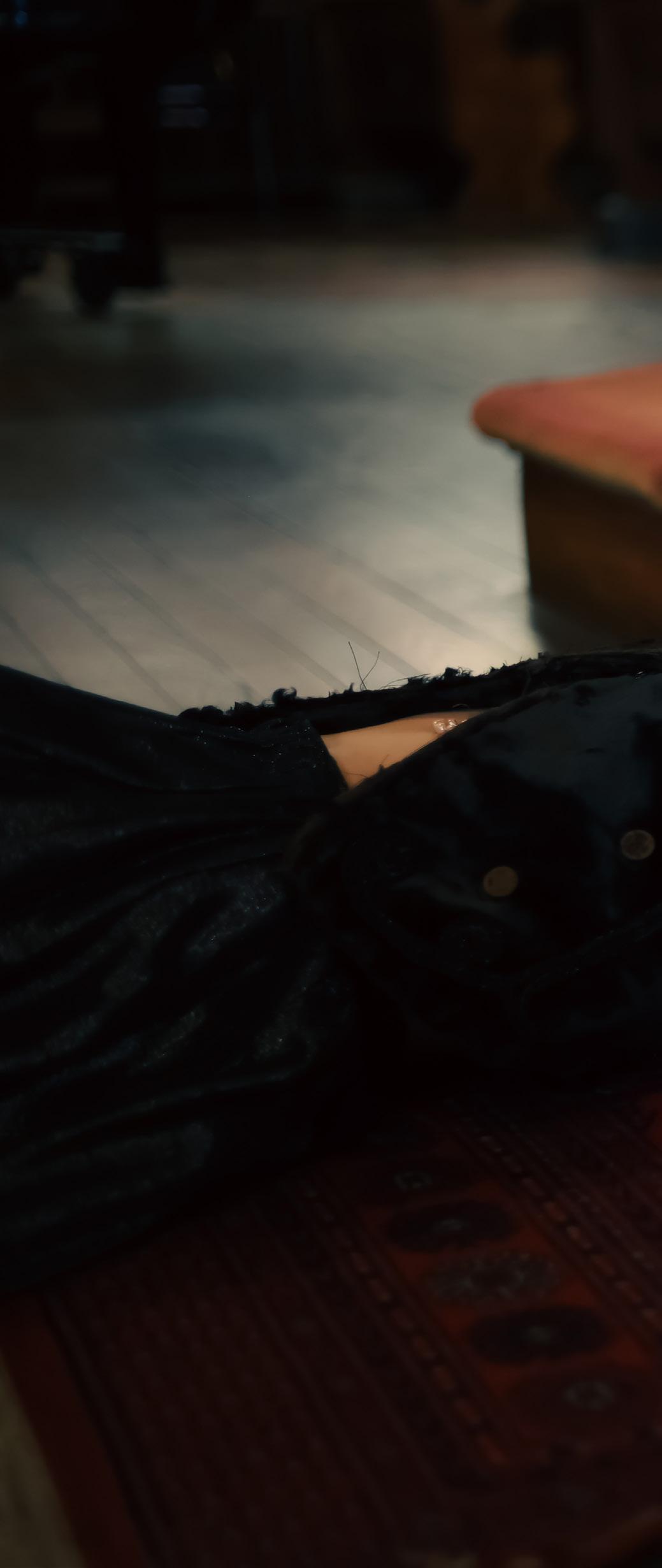

20 The WALK Magazine Spring 2024
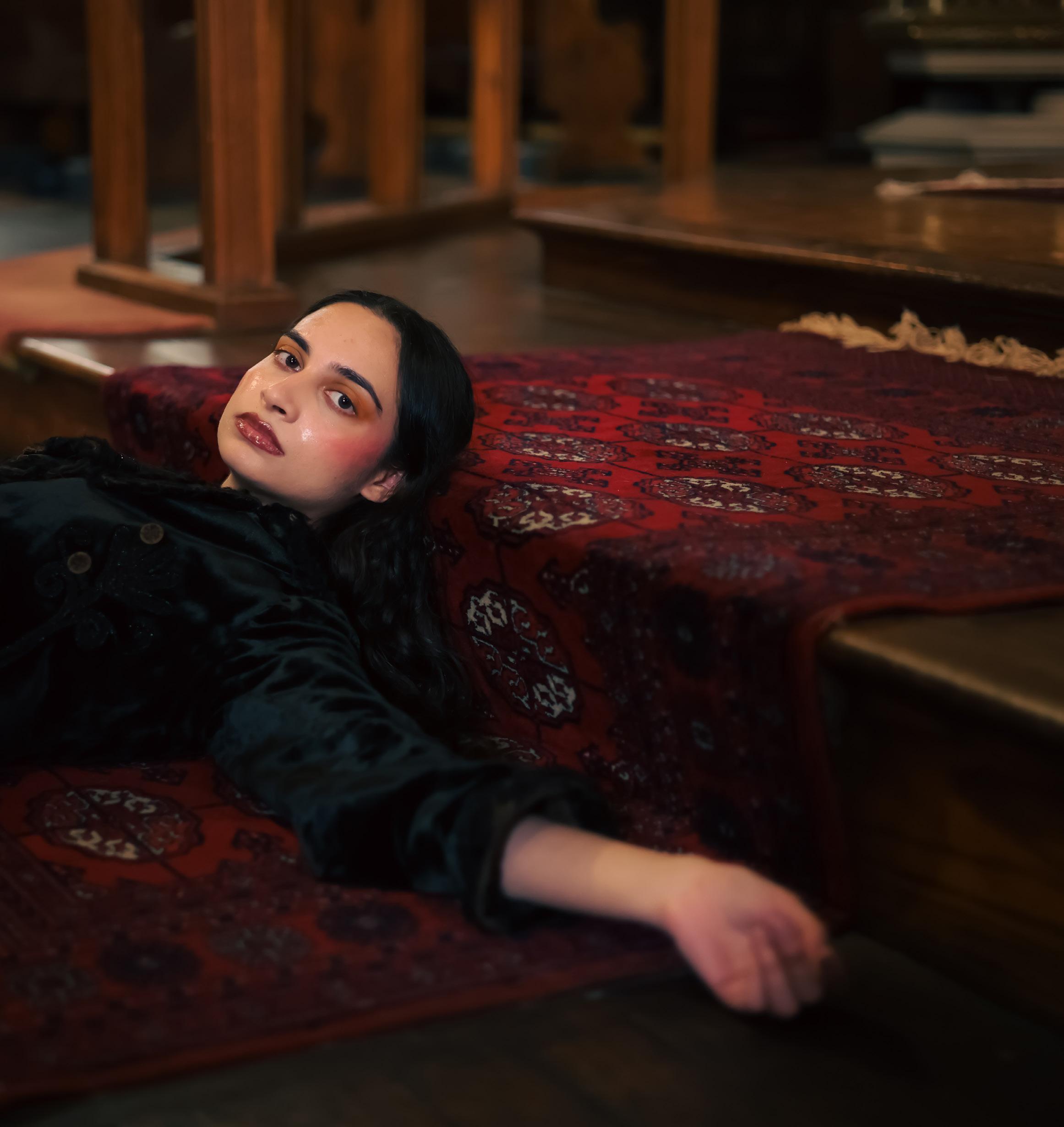
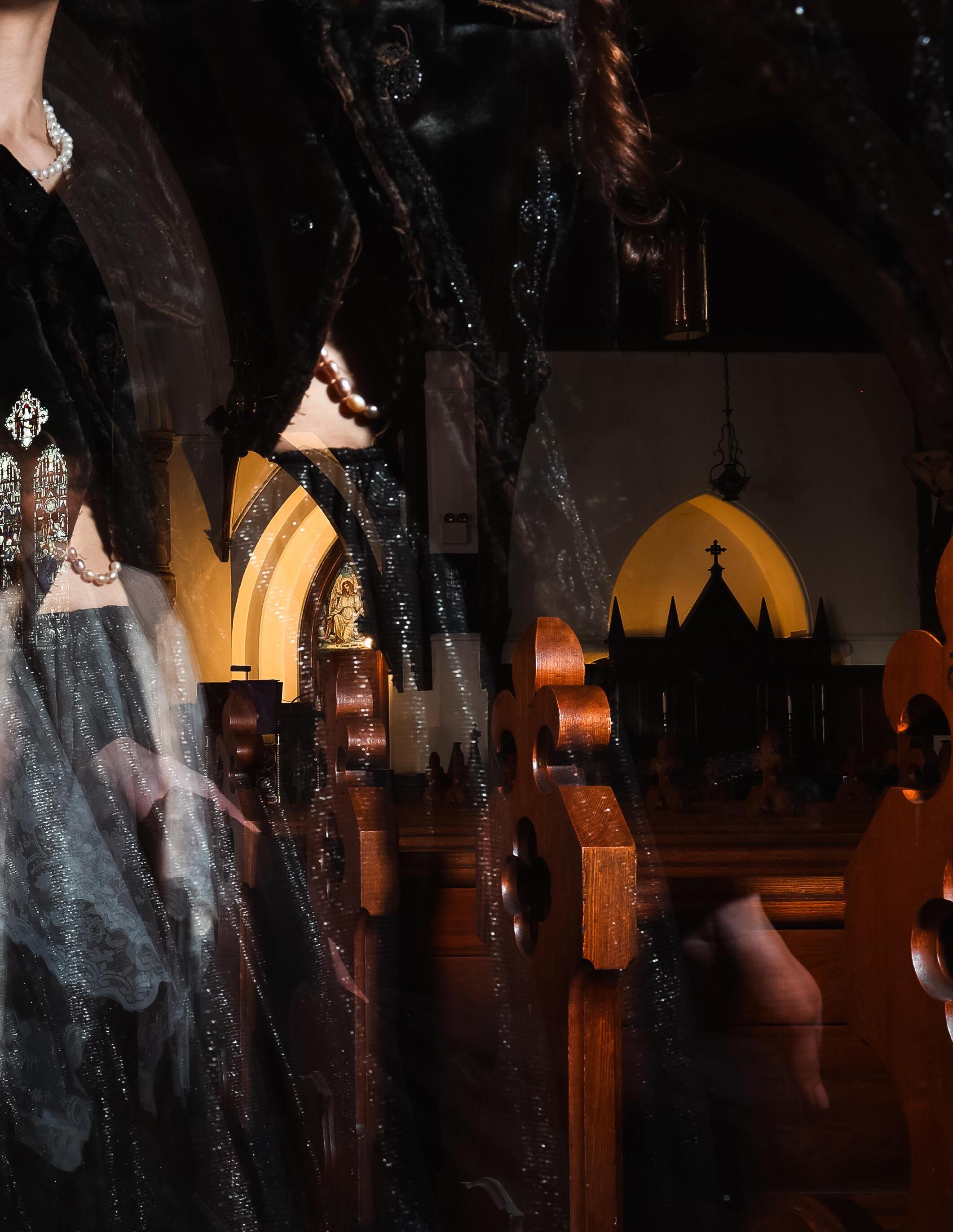
The Mirage Issue 21

22 The WALK Magazine Spring 2024
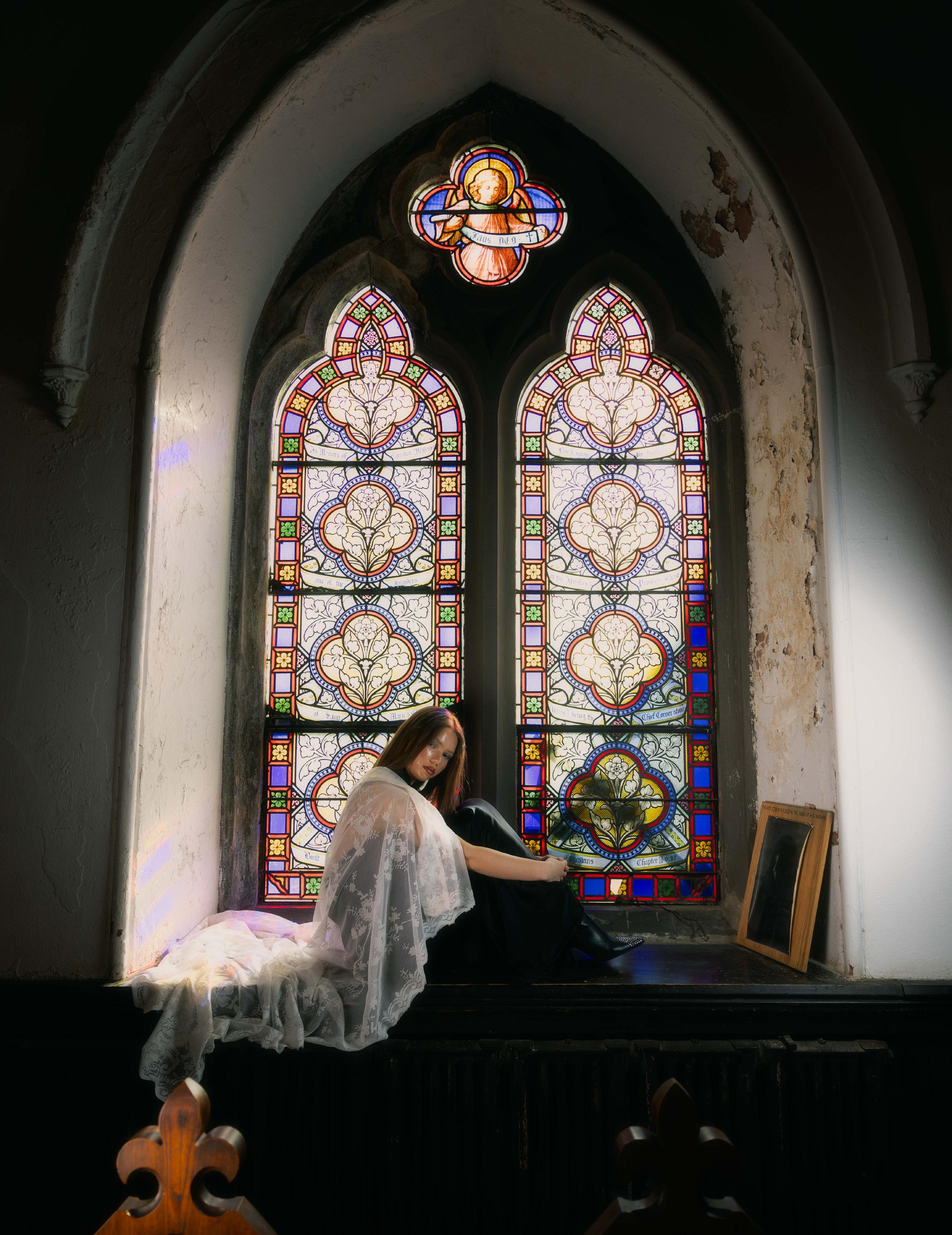
The Mirage Issue 23
Godly Bodies and Ungodly Expectations
Fashion has instigated unattainable physical standards for far too long
An infamous French saying once said, “Il faut souffrir pour être belle.” Roughly translated, it says, “one must suffer to be beautiful.” Fashion has been an instigator of this principle for centuries, blurring the line between what we wear and how beautiful we are. It influences how many fall victim to our inner dialogues when we try on new clothing. “Does my waist look small enough in this top?”
At any given point in history, there has been an “ideal” body type, representative of the socio-economic and cultural themes of the time. It seems our society can’t operate without beauty standards to clutch to, an idealization we can target. This first occurred to me while walking through the Classical art exhibit at the Louvre in Paris. The Venus de Milo by Alexandros of Antioch caught my eye, widely known as Aphrodite to the Greeks and the goddess of love and beauty. It was 2016 and I distinctly remember being a bit shocked that the statue had the curves that she did. The Victoria’s Secret Fashion Show, a perpetrator of modern beauty standards, would have labeled Venus far outside their current “ideal” runway model. Being the Goddess of Love, she was the epitome of what classical society idealized. The Ancient Romans and Greeks preferred curvier bodies, as they would often indicate a person was well-fed and therefore wealthy; curves served as symbols of financial security and fertility.
Moving forward in history, during the Italian Renaissance, similar themes persist in body standards. There were certainly women seeking independence and empowerment during this time period, but the majority of women in art were still portrayed through the lens of a man. It was primarily male artists at the
time depicting women in paintings, and women were meant to represent their husbands. Women were also frequently depicted in an idyllic, dreamy method as objects of the male gaze. Curves continued to be the ideal body type with a newer emphasis on full breasts and bigger stomachs. Affording food was of utmost importance to people in the Renaissance so women were ideally depicted with rounded features. The fuller breasts encompassed how women were being molded by men and their own fantasies.
Slowly, during the 1500s and 1600s, the corset began to emerge in society. Its birthplace of popularity was France where Catherine de’ Medici, then Queen, required all the women in her court wear a corset. This was rumored to be because of her dislike of wider waists. It is at this point in history we see fashion’s growing connection to trending body types.
How did this trend trickle into the general population? Fashion has always been a bit contagious. When someone in power or in the spotlight adopts a new trend, the rest are ready to follow — which isn’t very far off from the standard back in Ancient Greece and Rome. We attempt to become who we idolize. For a modern-day example, imagine if Taylor Swift woke up one day and decided that she and her twenty closest friends would all wear the same style of top. The fashion world would immediately want to offer this same style to fans and shoppers who are obsessing over Taylor and her circle’s new look.
Queen Victoria had a similar effect in the 1840s

24 The WALK Magazine Spring 2024

and was known to be a major influence on fashion. Prince Albert of Saxe Coburg, whom she eventually married, as well as the Prime Minister often advised Victoria on her style choices. Ultimately, her decisions drove industry trends, and the resulting sales from these trends shaped commerce within their country, making fashion as much a political topic as it is a cultural one.
The Victorian period was monumental for the advent of the trend. The benefits of a corset were that by making the waist appear smaller, it made the busts and the bottom look bigger. In essence, it highlighted stereotypically feminine features. Corsets were incorporated in everyone’s outfits in some capacity regardless of wealth. However, the quality and design of the garment varied significantly by price. There was a continued sense of “aspiration” for both the hourglass body type and the purchase of a corset that helped women achieve it.
In the 1900s, the most “fashionable” body shifted from the hourglass look retaining popularity during Marilyn Monroe’s Hollywood era to the thin model look emerging in the 90s. Then, as we made our way through the 2000s, we saw the hourglass body start to regain popularity in an unprecedented form. A new wave of the hourglass body beauty craze involved using procedures to alter body
WRITTEN BY SHRITHA MANDAVA
DESIGNED BY OLIVIA
ILLUSTRATED BY JOYCE
shapes. Godly expectations of female bodies continued with the hourglass becoming even more extreme.
In the fashion world, we saw a whole new set of products being promoted in the category of shapewear. Clothing that could cinch and accentuate one’s curves was taking over the market, and women were racing to find ways to achieve the “hourglass” body. Runway was slower to adopt these trends as they held onto their slim models. Slowly we saw corsets come back, molding the body to accentuate the waist yet again. More recently, in the Maison Margiela SS24 Haute Couture show, I was floored with what I saw on the runway. Models were wearing prosthetic hips and butt pads in addition to corsets and figure-hugging clothes.
The prosthetics and corsets were used to make the clothes reach an “ideal” presentation of making the waist look smaller and butt look larger. Thus we watched with our eyes wide open at the godly bodies strutting down the runway made with plastic and held together by fabric.
Fashion has been slow to social change in some ways and accepting in others. We may embrace gender inclusive clothing, but the moment we’re asked to be size- and shape-inclusive on the runway, we crawl back into our shell. It’s difficult to change something so deeply rooted in history. Fashion has perpetuated godly bodies for centuries. It’s in our hands to remember: you are supposed to dress to your body’s shape and embrace your figure, rather than dress to conform to something else. However, this does not require rejecting some of these trends. Fashion is a form of expression, and for some of us, that means wearing a corset. It simply means we can all be a bit kinder to our bodies and questions societal narratives. I, for one, am a fan of ungodly bodies.
HU
CHEN
The Mirage Issue 25


SELF on reflections of the self
26 The WALK Magazine Spring 2024
WRITTEN BY SASKIA RISTA-BRETTLER
IMAGE BY INTEL CHEN DESIGN BY JACKIE HU
With the rise of technology, we seem to be getting more exposure to our own appearance. Does this really mean that we’re more aware of how we look?
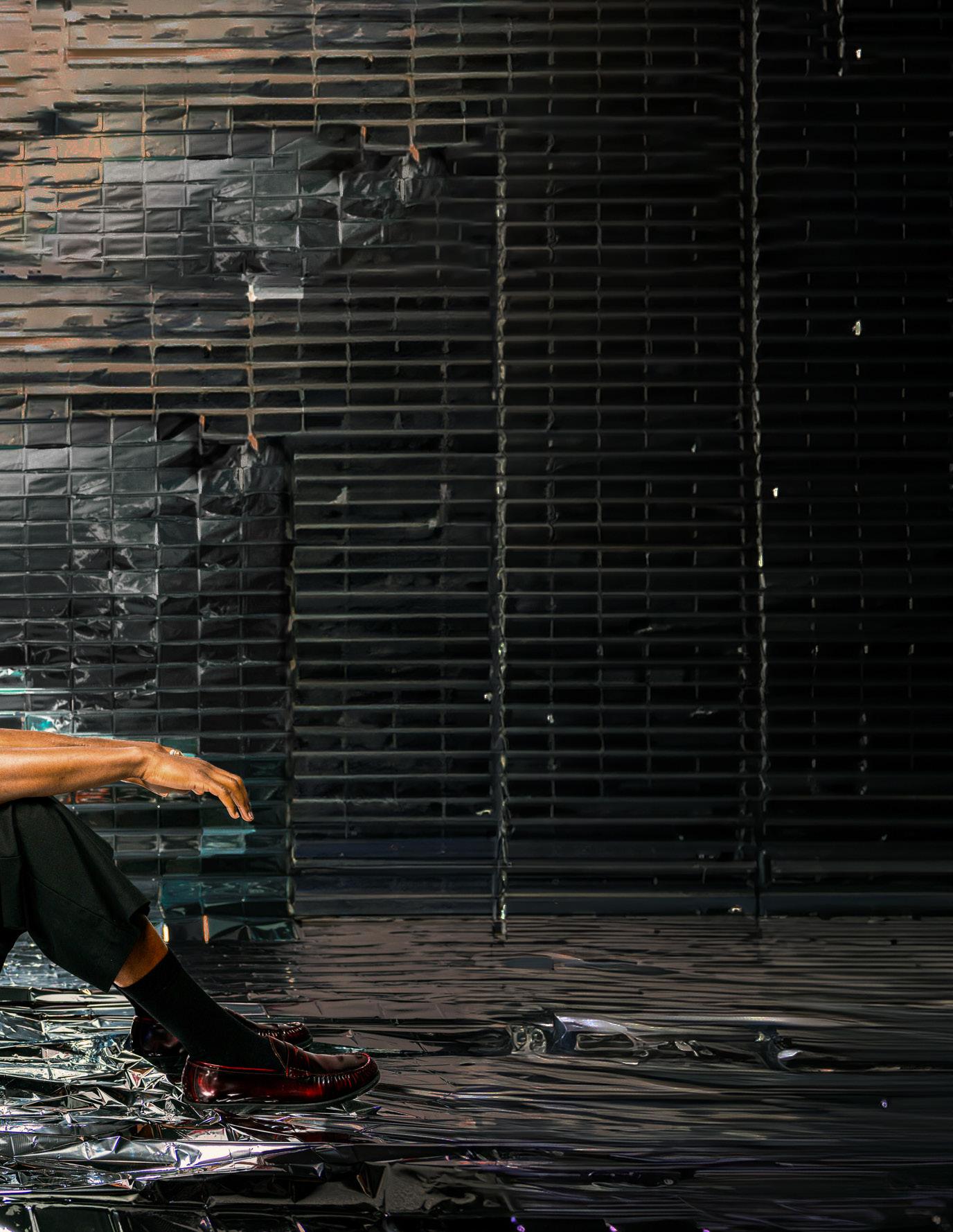
When people pass a reflective surface, they almost intuitively glance back at their appearance. They see themselves—a face they know well. But how well? The digital age has divulged almost everything about us to the world, so what are the effects on how we perceive ourselves? Do we know what we look like more?
Team YES: Digital Duplication
The incessant frequency and ease at which people can snap photos has exponentially increased, whether these are being sent to wholesome Whatsapp group chats, plastered on social media or kept as a plethora of pictures safely stored in your phone. Even for people phobic of photos, the digital overexposure is ever present; the work world has moved to Zoom, and
calling loved ones many thousands of miles away elicits seeing your face in a little box on a screen.
Given the relative rate of pictures and videos has increased, people may spend more time looking at their face before going anywhere to ensure picture perfection, predicting the impending invasion of photos. This point could be refuted by the argument that if people cared what they look like, they would care prior to the digital age anyway; someone may have looked in the mirror before an in-person meeting countless times as they would now before a zoom. However, there is a permeation in the image we present in social media that can’t be compared. The stakes of appearance seem higher when you don’t have control over where images of you go, or how long they will exist for.
Not only is the quantity of our images increasing, but the quality is too. Developing technology is constantly crossing frontiers of resolution. It is currently 2556 x 1179 Pixels with a 5x optical zoom. This language may seem alien, but so do the pores, pimples and patches of discoloration popping up for the first time with these intense inspections via images.
Team NO: Disillusionment and Distraction
Our pictures are filtered. My use of the word is twofold. First, we physically filter which pictures we and others see by instantly deleting ones we dislike and posting the ones that show us at our best. Consequently, pictures on our phone and social media platforms tend to be those we regard fondly, or at least do not find abhorrent. Secondly, we use filters on the individual pictures themselves to make them more
The Mirage Issue 27
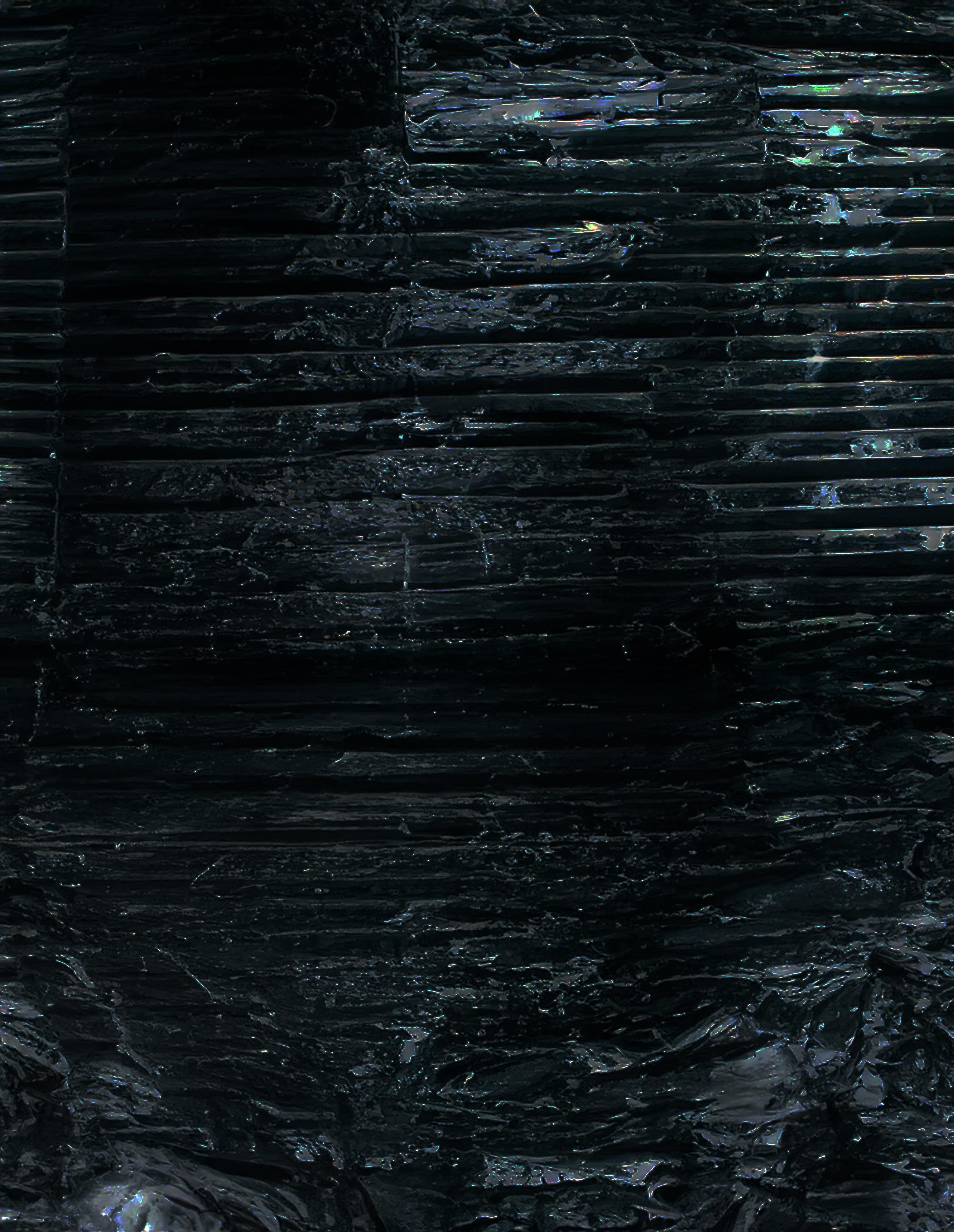
favorable. This accentuates the alienation from reality. I have just boasted of the incredulous new realms of resolution, but how often are people using this incredible resolution to inspect their face? Instead, we look to the flexibility of technology to soften, to edit our features, even photoshop.
The explosion of exposure has certainly heightened our conscientiousness to being observed. As I explained earlier, we are checking our appearance more due to sheer fear of the permanency of instant media that may be produced. We are simultaneously exposed to an onslaught of peoples least veridical versions. The surmounting atmosphere has increased time and effort put into looks and has been favorable to the beauty and cosmetic surgery industries alike. In our quest to look picture perfect and our golden standard of golden ratio girls, are we altering our appearances more than ever?
“Lights, camera, action.” The intuition to act when on film is not sacred to sets; when we are being filmed or photographed, the gaze of the lens has equally catalyzing effects. The way we move, pose, speak and look is affected by a consciousness of being filmed. We do the same thing when looking into mirrors—we instantly pull a face and make microscopic adjustments subconsciously till we somewhat approve of what we see. The result: the face we see in film is somewhat faux.
The Results: Neither
A strong theme of this article has been the effects of technology. Everyone blames social media for self perception and the world before the digital age is fondly reminisced about but not knowing what you look like is not new. People have a dysmorphic idea of what they look like in their head.
The average person over 40 thinks of their face as that of when they were 20% younger. Even if you do not expect to see a fresher face, you see a familiar one. Millions of mirror looks on, say, teeth brushing occasions amounts to a set idea of what we look like. The ‘mere-exposure’ of our faces bridges a dissonance with anything we may initially find unattractive. We just get used to seeing the same thing and so become desensitized.
This leads to the feared philosophical question: is there a true version of oneself? Our faces change so much with emotion, expression, tiredness and time. Furthermore, in the same way I have argued the eye of the camera can elicit a conscious change in how we look, so too can the eye of the beholder. Under the gaze of a baby, a teacher, a partner or a friend we will change how we act and therefore how we look. Given what we look like is deftly and dynamically diverse, it seems delusional to try and pin down a standard for what we look like. If in one picture you look awful and one awe inspiring, neither is necessarily a truer reflection of your appearance.
Despite this somewhat ambiguous ending, I do not want to discredit the effect of the internet on self perception. There has undoubtedly been a cruel, culled beauty standard curated by the social media surge. This has been epitomized with scarily similar AI models passing as real people on Instagram. Yet the popularity of any extreme accidentally advertises what is most attractive of its diametric opposition. In this case, people now want to look more unique. While I do not think this trend will do much to eliminate a beauty standard, the sentiment behind it is something I can support. It would be condescending to suggest everyones loves themselves just the way they are, but at least if you are not entirely conforming to a type you avoid the choppy waters of oscillating beauty norms.
28 The WALK Magazine Spring 2024

The Mirage Issue 29

DIRECTED BY DARYA AMERI, SARAHBELLE KIM, VICTORIA
ROSA. STYLED BY ALY KERRIGAN, TONY ZHANG, SAREENA PATEL, CAITLYN IACCINO, VICTORIA DE LA ROSA, JACKIE ERRERA. MAKEUP BY DARYA AMERI, ADYA GUPTA, LILY NIU.
MODELED BY JONATHAN SONG, DAVID OLADEJI, LORRAINE RUPPERT. PHOTOGRAPHED BY NOEL PALOMINO DE LA TORRE, INTEL CHEN, JERRY CAI. DESIGN BY JACKIE HU.
30 The WALK Magazine Spring 2024
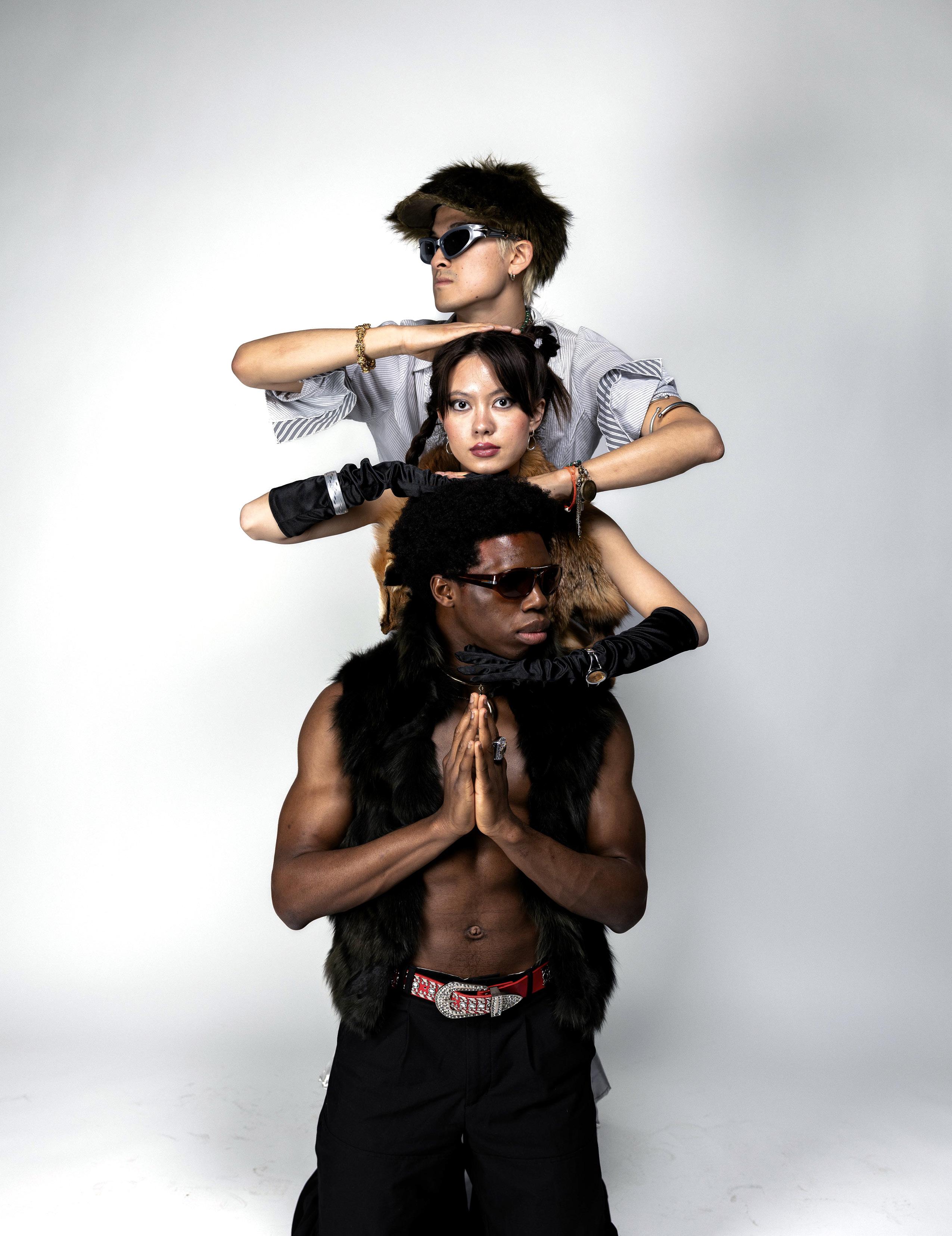
The Mirage Issue 31

32 The WALK Magazine Spring 2024

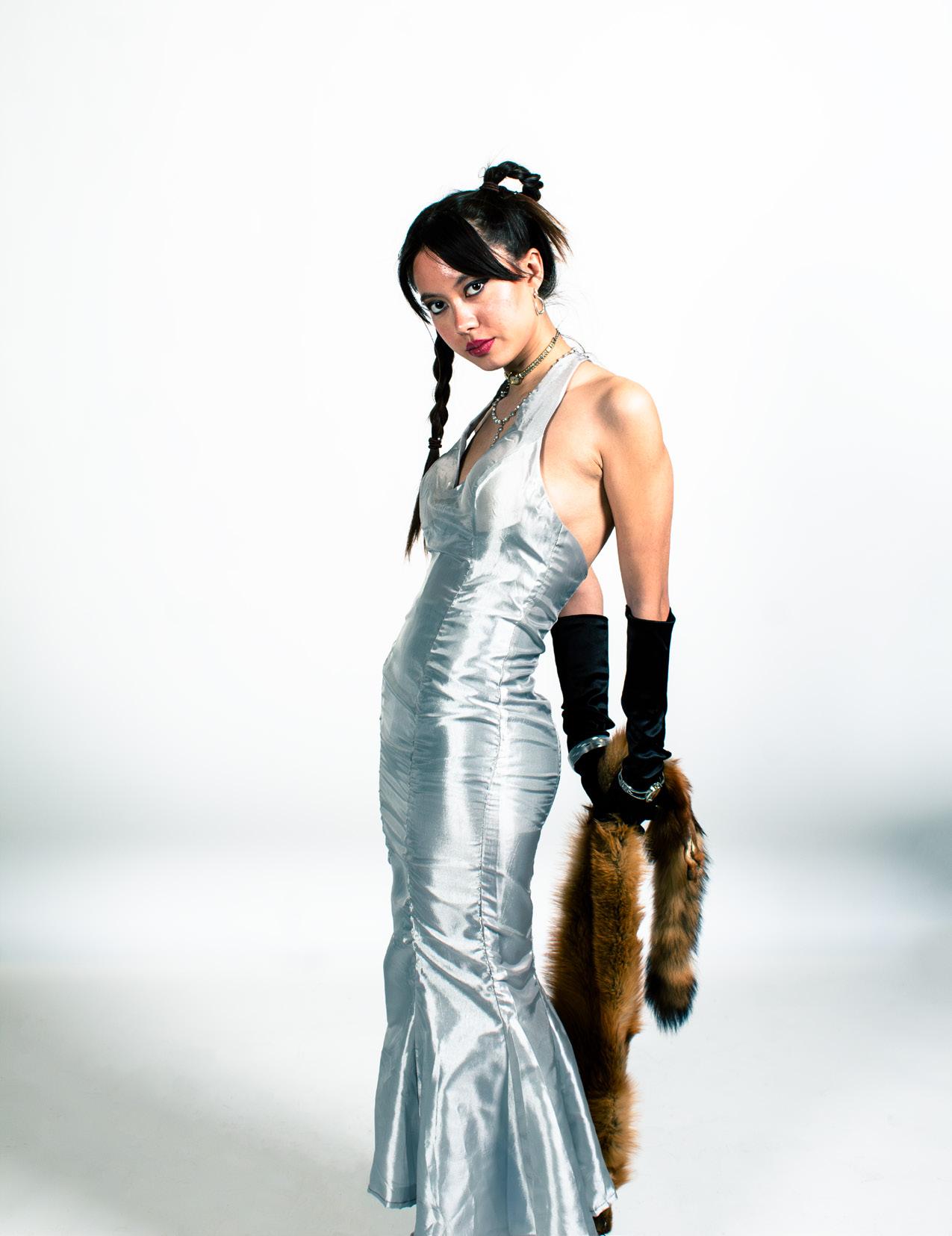
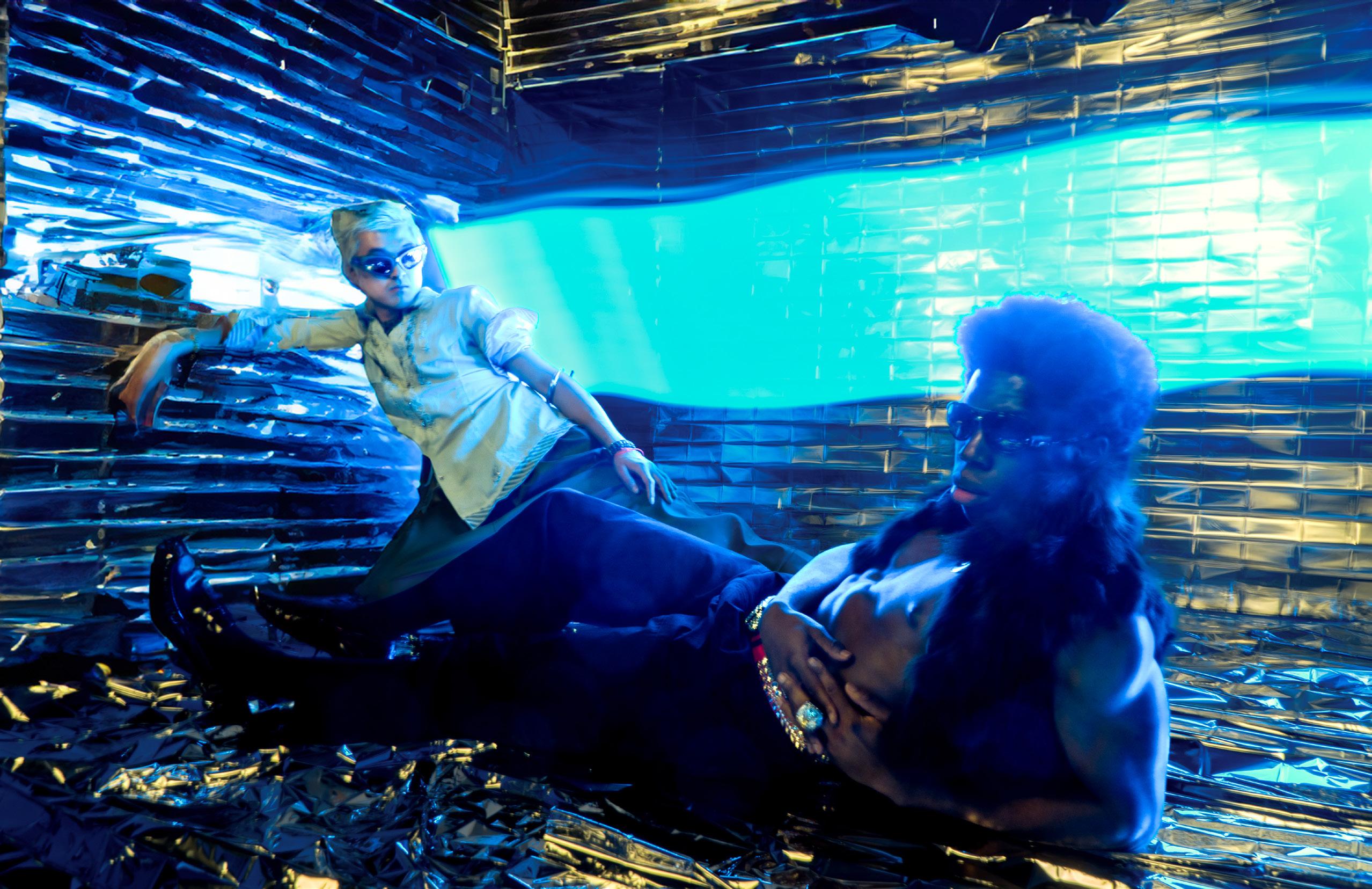
The Mirage Issue 33
The Costume Alchemy of Poor Things
The cinematic narrative woven through fashion
The movie Poor Things has received mounds of critical acclaim, not only because of its A-list cast with the likes of Emma Stone and Willem Dafoe, but also because of its extraordinary costume design. Costume designer Holly Waddington was tasked with dressing the stars, and she did so in a very particular way: Willem Dafoe characterizes her vision for fashion as not solely for looks, but also for practicality. Beyond just practicality, Waddington worked in close collaboration with director Yorgos Lanthimos to create a storyline within the clothes themselves, crafting garments that are both visually striking and narratively potent.
Godwin Baxter
Godwin Baxter, known to Bella Baxter (Emma Stone) as “God,” embodies the “creator-god” spirit that transformed Bella and gave her a new life. In the film, Godwin explains that his sadistic, mad scientist father had used him as a guinea pig, leaving him and his face a patchwork of badly-done, outrageous experiments. His clothing in the film reflects his digestive difficulties that arose from these experiments. Holly Waddington dressed Godwin in “smoking jackets,” historically designed to absorb the smoke and protect the clothing underneath from the odor and ash associated with smoking. His jackets are a reflection of his absorption of his own father’s excessive experiments, and of course with modifications to accommodate his impotence. Waddington describes the pockets of the jackets as “smileys” that look like orifices where Godwin would plug his digestive tubes in. It’s also worth noting that Waddington would place Godwin in white coats throughout his scenes with Bella to highlight the nature of their relationship: Bella considers Godwin her father, but he truly is just her creator in the scientific sense. Like with the other characters of the film, Godwin’s outfits tell a story in themselves, down to the very last stitch on his face.
Duncan Wedderburn
Duncan Wedderburn, a lawyer portrayed by Mark Ruffalo, epitomizes the hypocrisy of a man who both challenges societal norms yet uses traditional patriarchal systems to get what he wants, which is ultimately to control Bella. He tells Bella that he hates “polite society,” calling it boring and accusing it of “destroying one’s soul.” Yet he conforms to the norms of society and bashes Bella for rejecting them. His contradictory nature is shown in his clothes: Waddington would use heavy shoulder padding to showcase pompous behavior, and would use them religiously in scenes with Bella and Duncan. As she explains in an interview with IndieWire, “I thought it was quite funny that Bella would have these huge shoulders and be almost overpowered by them, and [Duncan] would be in these slightly diminutive shoulders with this curvy pigeon chest,” further outlining the idea that while Duncan may conform to the traditional Victorian attire, Bella will overshadow him with her innocent yet rebellious nature. Perhaps Duncan never did succeed in controlling Bella, and it is obvious in the transformation of Bella’s outfits at the end of the movie that she succeeded in being her own person outside of Duncan’s reach.
Bella Baxter
Bella Baxter is arguably the film’s most interestingly dressed character, with the most substance in her outfit choices than other characters. The film showcases her transformation after Godwin removed her adult brain and replaced it with a child’s, and it is evident in her clothing. At the start of the film, we see the dynamic between Bella and her maid, who presumably dresses her as she would dress a young child of the house. Bella is seen walking around the house as a child does, biting and throwing things around with barely any clothes left on her body. She is told countless times to behave by her maid
34 The WALK Magazine Spring 2024
and Godwin, and once she slowly comes to the realization of her role in society and “behaves,” we the audience can see this realization come to life with her new wardrobe.
Once Bella left Godwin’s house with Duncan and was introduced to “high society,” Waddington wanted to continue to dress Bella in costumes that convey her being as alive as possible, even though she was subjected to attempts to dim her light. She tells the LA Times: “I had this fabric that was almost like the texture of an intestine or a lung… and it’s kind of breathing,” showcasing even further that while those surrounding Bella attempt to curb her bluntness and oddness, she is still free and alive. Waddington further explains to the LA Times that Bella is never seen wearing a corset,
even though Victorian clothes are “about controlling the body and forcing it into a specific shape.” Duncan Wedderburn was unable to control Bella’s spirited and curious nature, and so were her own clothes.
It is important to note that the colorfulness of Bella’s outfits diminishes throughout the film, but this is not due to her surrounding counterparts. Bella herself chooses to enter a prostitution house to make money, as well as study to become a doctor. Contradictions do not exist in her world; she chooses her own destiny, even though it was robbed from her by Godwin before. So while she may have worn more muted clothing at the end of the film, I see it as an autonomous choice made by Bella to choose how to live the rest of her new life, freed from the constraints that held her back in the past.
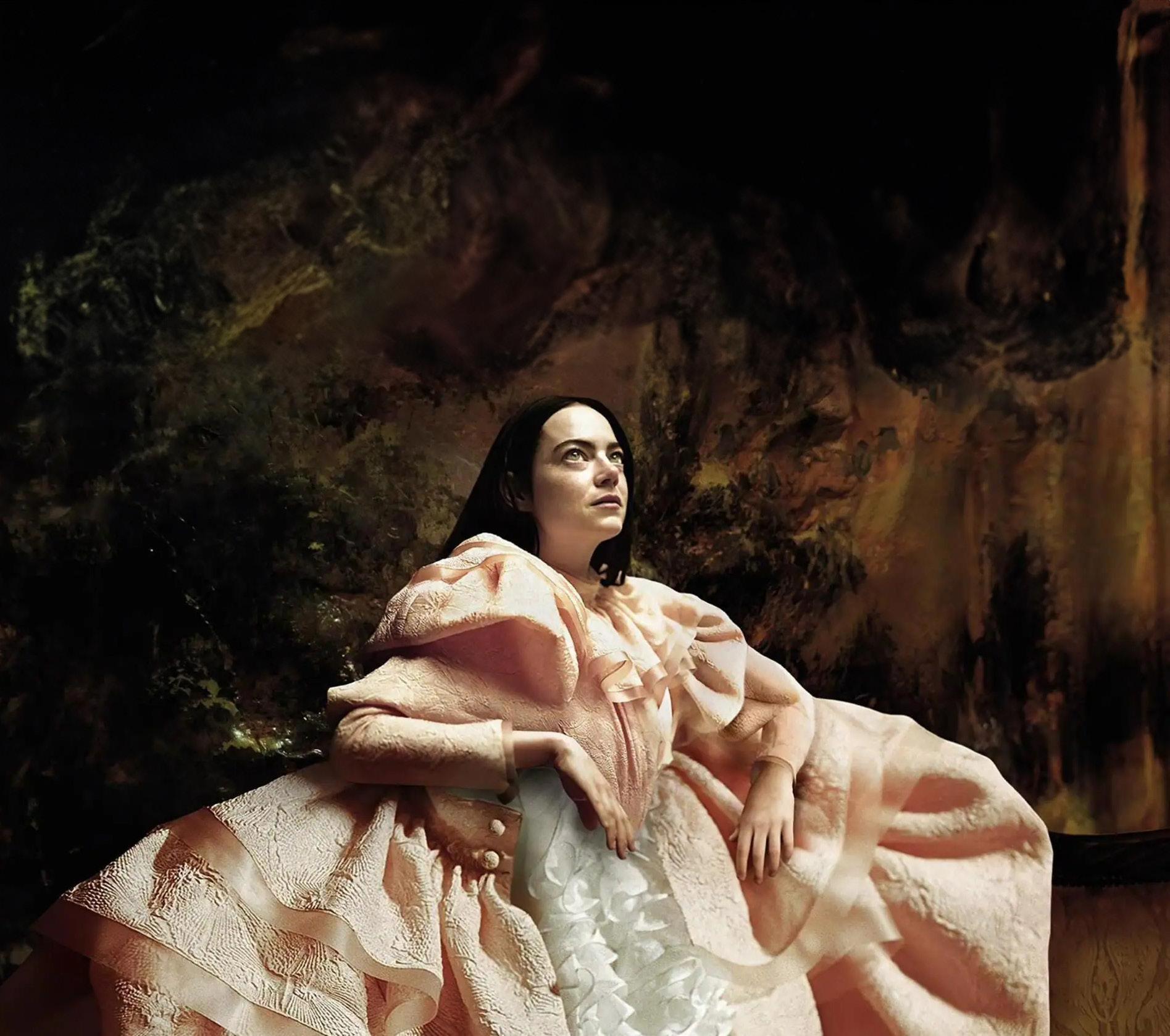 WRITTEN
WRITTEN
BY:
REDINA RAPI
DESIGNED
BY:
JACKIE HU
The Mirage Issue 35
ELSA SCHIAPARELLI& SURREALISM
The brand Schiaparelli has been a mainstay in the cultural zeitgeist of the 2020s – with infamous moments like Kylie Jenner’s lion head dress in 2023 or Lady Gaga’s voluminous gown at Joe Biden’s inauguration. This modern era was ushered in by the new creative director, Daniel Roseberry, who has attempted to revitalize the “sleeping beauty” brand - a name made famous by the original creative director, but one that had not been active in a while. However, the original designer, Elsa Schiaparelli, stands as a bonafide Surrealist artist whose designs reflect the movement’s obsession with the psychic and somatic, the uncanny, and the bizarre. She dared to put things where they shouldn’t go and transformed clothes into unconventional forms of expression.As a designer, Elsa Schiaparelli stayed with traditional tailoring and silhouettes, primarily working during the conservative interwar years. Yet, she embellished her clothes with print, embroidery, embellishment, and fanciful materials. She befriended many of the Surrealists in Paris at the time, collaborating on accessories, perfume bottles, fabrics, garments, and even entire collections. Her collaborators included Jean Cocteau, Salvador Dali, and Man Ray, to name a few of the most famous. Despite working with such big names, her work is often absent from Surrealist displays, revealing the art world’s tendency to dismiss women and designers as mere “artists.” Nonetheless, she is an inspiration to the fashion world, with many of her designs predating iconic contemporaries of our day – she launched newsprint dresses before Galliano and released a torso-shaped perfume bottle, called “Shocking,” before Gaultier. Moreover, Schiaparelli was one of the first designers to have themed collections, now a staple of the runway system. Examples of Schiaparelli’s Surrealist designs are plentiful. For instance, Doris Castlerosse, one of her most notable clients, donned a dark blue silk jersey coat, a collaborative piece between Cocteau and Schiaparelli. Schiaparelli designed the dress around a classic Cocteau drawing of the head and vase illusion. The faces are made of gold thread, metallic ribbon, and blue pasted jewels, adorned with embroidered roses at the top. The coat is plain on the front, save a novelty ceramic button, a Schiaparelli classic. This one depicted a frilled petticoat with a pointed toe. Schiaparelli’s Etruscan dress was inspired by the same ancient sculptures that often make their way into Surrealist art (see:
Frederico de Chirico’s The Disquieting Muses) and their emphasis on breasts, which the dress also shares. The roundels worked in trapunto brown crepe are reminiscent of the high and divided breasts of traditional Etruscan sculptures, while the back is cast with a naive relief of a horse, a symbol on an Eturscan coin. Both ancient and native art like this were big inspirations to the Surrealist movement. In 1937, inspired by a fascination with the bizarre theories of alchemy, Schiaparelli extended her creativity to a Rumplestiltskinstyle woven gold dress, crafted entirely from plaited gilt braid. The Surrealist motif of uncanny encounters with found objects continued with a Summer 1938 coat with colored mirror lamb chops. She also designed a “Bureau” suit, where the buttons resemble a chest of drawers, inspired by a sketch and joke of Dali’s. Schiaparelli referred to these small details — hands on belts, aspirin on necklaces, cicada buttons, and claw gloves— as her “little jokes.” Still, some of these jokes were actually quite practical, such as a Prohibition-era evening coat with a flask-hiding bustle or a jumpsuit for air-raid shelters. In a famous sound bite of her active designing period, she said, “working with [Surrealist] artists gave one a sense of exhilaration. One felt supported and understood beyond the crude and boring reality of merely making a dress to sell.”
Her most fruitful collaboration was with Salvador Dali for her Summer 1938 circus-inspired collection. Adornments included embroidered horses and swinging acrobat ceramic buttons. The most famous collaborative piece from the collection, however, was her “Skeleton” dress: a long, black crepe dress with raised trapunto quilted bone-like forms, including a rib cage and a pelvis. The design was sketched out by Dali and originally had leg bones that connected to the pelvis via jewelry links, but they did not make it into Schiaparelli’s final design. From the same collection, there is the “Tear” dress, which has a trompe l’oeil print of torn flesh. It has a matching veil, where the tears are threedimensional with a sheer, blood-red fabric underneath peach crepe. Dali painted a similar dress of rips and tears in his Three Young Surrealist Women Holding in Their Arms the Skins of an Orchestra. The lobster dress of the collection was designed with Dali, too, inspired by his piece Lobster Telephone of the same year. Illusions, like trompe l’oeil, were another obsession of the Surrealists. This 1938 collection is likely her most famous,
36 The WALK Magazine Spring 2024
How she made fashion art before it was cool
not only because of the collaboration with Dali, but also because it was a jubilant collection. It played with common themes of life and deat, especially pertinent with the threat of WWII approaching. It included hired acrobats and ringmasters, balloon bags and ice cream hats, but was also ominous as per the skeleton dress.
Today, Schiaparelli’s juxtaposition of everyday objects with the subconscious and her lively thought experiments on the body continue to influence brands big and small, having been listed as influences for just about every contemporary designer from Marc Jacobs and Thom Browne to Jonathan Anderson and Jeremy Scott. Carly Mark of NYC it-brand Puppets and Puppets summarized Schiaparelli’s Surrealist ideology’s lasting influence perfectly: “We’re born into these bodies, and we get to present them to the world in whatever way we want. How do we adorn our outsides to match what we’re feeling on the inside, so that people might understand us more easily?”
“The lobster dress of the collection was designed with Dali, too, inspired by his piece Lobster Telephone of the same year. Illusions, like trompe l’oeil, were another obsession of the Surrealists.”
WRITTEN BY LOGAN YUHAS
DESIGNED BY ALIVIA JIANG AND JACKIE HU
ILLUSTRATIONS BY JACKIE HU
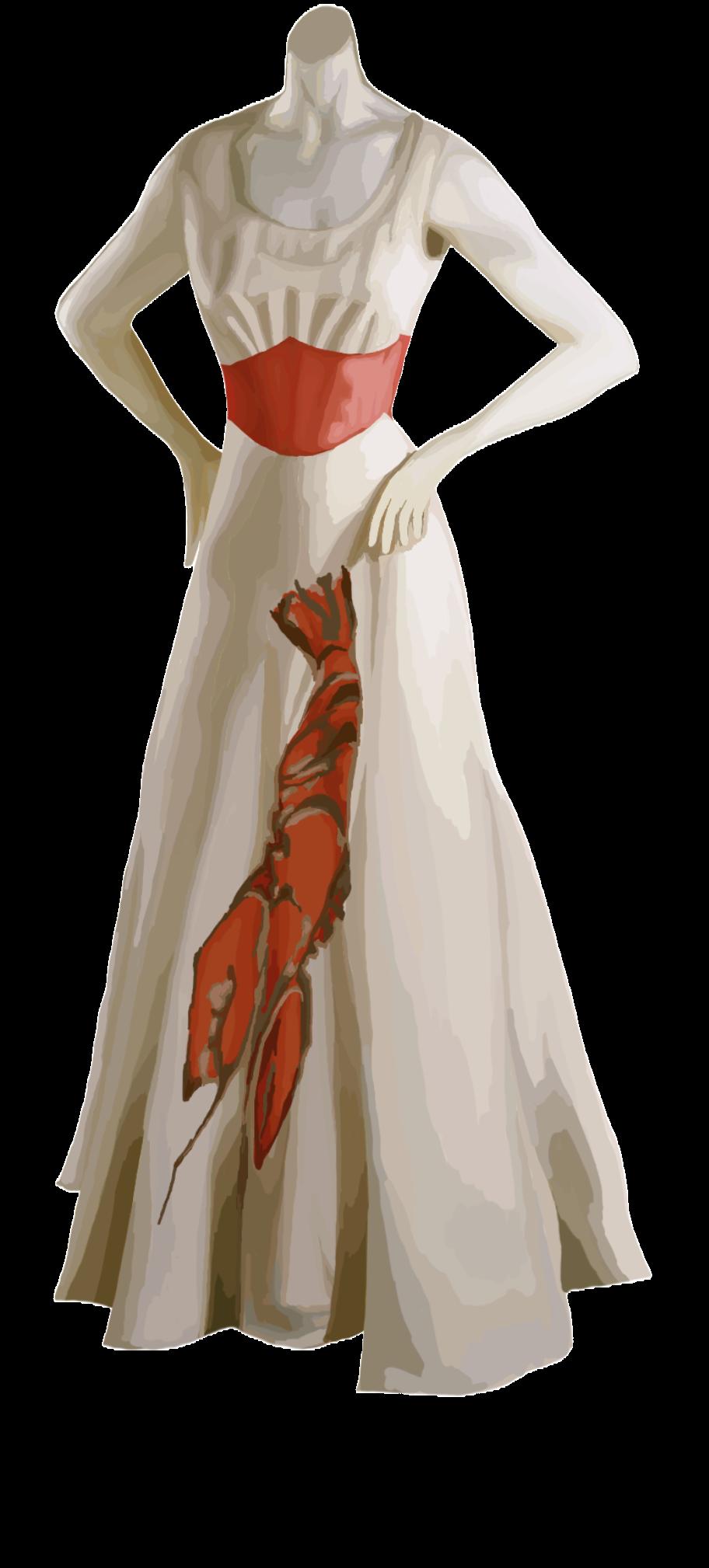
The Mirage Issue 37
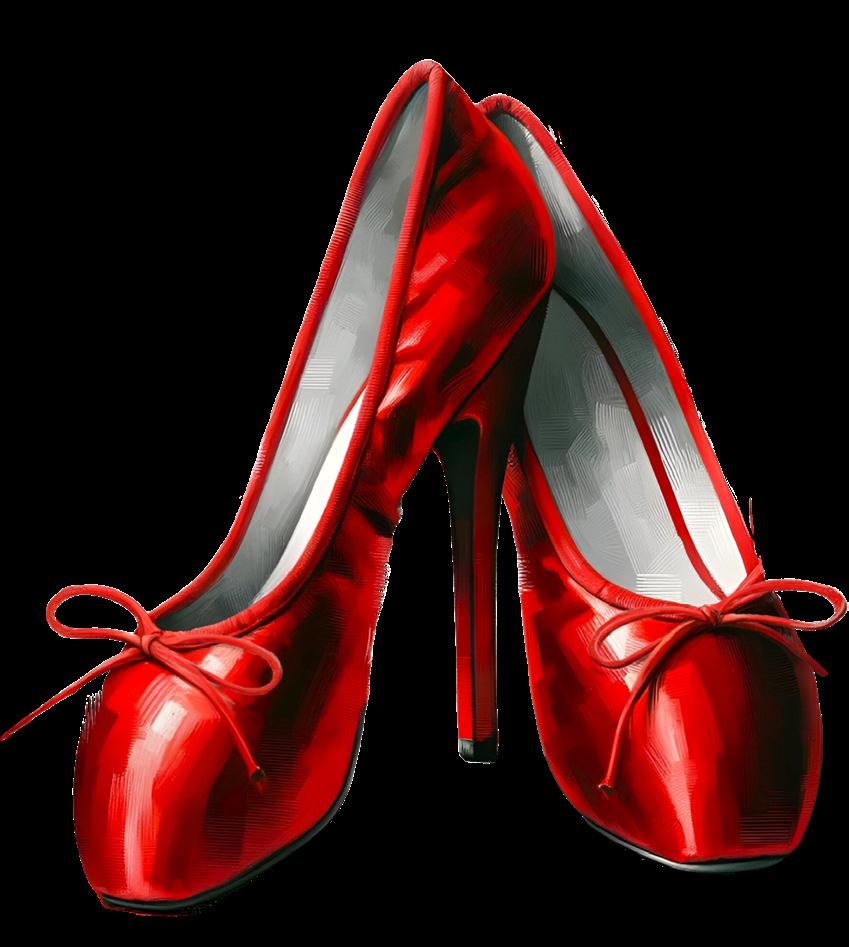
Bloody Shoes
There’s no color like red that defines fashion history. From childhood tales to royal courts, red shoes are timeless pieces in fashion’s iconography.
The devil wears Prada and pairs it with a pair of Louboutins. From girls who aren’t in Kansas anymore to Hermes’ Autumn-Winter 2023 collection, there’s no resisting a red shoe. Power, exclusivity, and seduction wrapped in a sole: as Christian Louboutin said, “Men are like bulls. They cannot resist the red sole.”
Before Louboutin’s bloody shoes, Hans Christian Andersen had his spin on a pair of bloodstained heels. In his grisly fairy tale The Red Shoes, a young girl is gifted a pair of red shoes fit for a princess. Before Louboutin’s bloody shoes, Hans Christian Andersen had his spin on a pair of bloodstained heels.
In his grisly fairy tale The Red Shoes, a young girl is gifted a pair of red shoes fit for a princess. A mysterious soldier compliments her shoes, blessing them to never come off as she dances. The girl becomes infatuated with the shoes; work, the church, and her mother’s death cannot separate her from them. As her feet begin to burn, an angel appears and curses her to dance until death. The story ends with the angel taking her to heaven, where there is not a single red shoe in sight. Andersen’s fairy tale serves as a twisted warning to vanity, while affirming the temptation of red shoes. Instead of practical, church-ready shoes, the red heels symbolize seduction and sin, representing vanity and gluttony in a hyper-religious society. The status and allure of Andersen’s sinful shoes are quite literally, to die for.

38 The WALK Magazine Spring 2024
To the east, Japanese children have a schoolyard poem about red shoes. Akai kutsu (red shoes) warns children of a girl who is fond of red shoes that gets swept off her feet by a stranger. The girl and her red shoes disappear off with the stranger, leaving the poet to wonder what became of her. A sense of elusive danger is purchased along with these shoes, continuing Andersen’s warning that red shoes invite danger and sin. Both girls in the fairy tales seem to almost embrace danger: youth and beauty invite temptation and risk.
Looking at power as the ultimate desire, red shoes were originally preferred by aristocrats and any man with enough gold to rival God. Starting as early as 1484, the Pope’s designated outdoor shoes were made of red leather. Within Catholicism, red symbolizes the blood of Catholic martyrs and Jesus’ bloody feet as he was led to his death. For aristocrats, France’s Louis XIV popularized red heels adorned with jeweled buckles and silk ribbons (Restoration-era coquette). For Louis XIV, fashion was social governance; only those with royal favor were allowed to wear red shoes. Red shoes became the ultimate status symbol, discerning the chosen ones from Versailles’ masses. During the French Revolution, a pamphlet criticizing Marie Antoinette was dubbed “portefeuille d’un talon rouge” (wallet of the red heel)—the red heel had become synonymous with status and wealth. Both the Catholic Church and the Sun King used red to signify moral and social status, using fashion as a form of social governance.

History’s most iconic rendition of red shoes can be credited to the one and only Christian Louboutin. Inspired by Andy Warhol’s Flowers, Louboutin wanted to create a shoe equivalent that would capture Warhol’s bold and unflinching beauty. Louboutin’s original rendition had a pink heel with cloth blossoms, which lacked Warhol’s signature edge. Borrowing one of his sales assistant’s red nail polish, Louboutin applied it to the soles, and fashion’s most iconic stilettos were born. His design philosophy prioritized sex appeal and beauty over comfort, often being quoted as saying comfort was not his focus. Louboutins are among the most recognizable shoes in the world, making them the ultimate status symbol. From Cardi B to Carrie Bradshaw, Louboutins are irresistible to all.
Red shoes have always been “in” as statement pieces, but they were inescapable on Autumn-Winter 23 runways and in Spring 2024 collections. Hermes’ scrunched boots, Prada’s simplistic and Miranda Priestly-esque pumps, and Balmain’s avant garde sandals are dominating runways, showing that red shoes are always in vogue. Status, seduction, and sin may wear anything from Dior to nothing, but they all own a pair of bloody shoes.
WRITTEN BY KATE CHO
DESIGNED BY ATTICUS LIM
ILLUSTRATED BY ATTICUS LIM
The Mirage Issue 39

40 The WALK Magazine Spring 2024
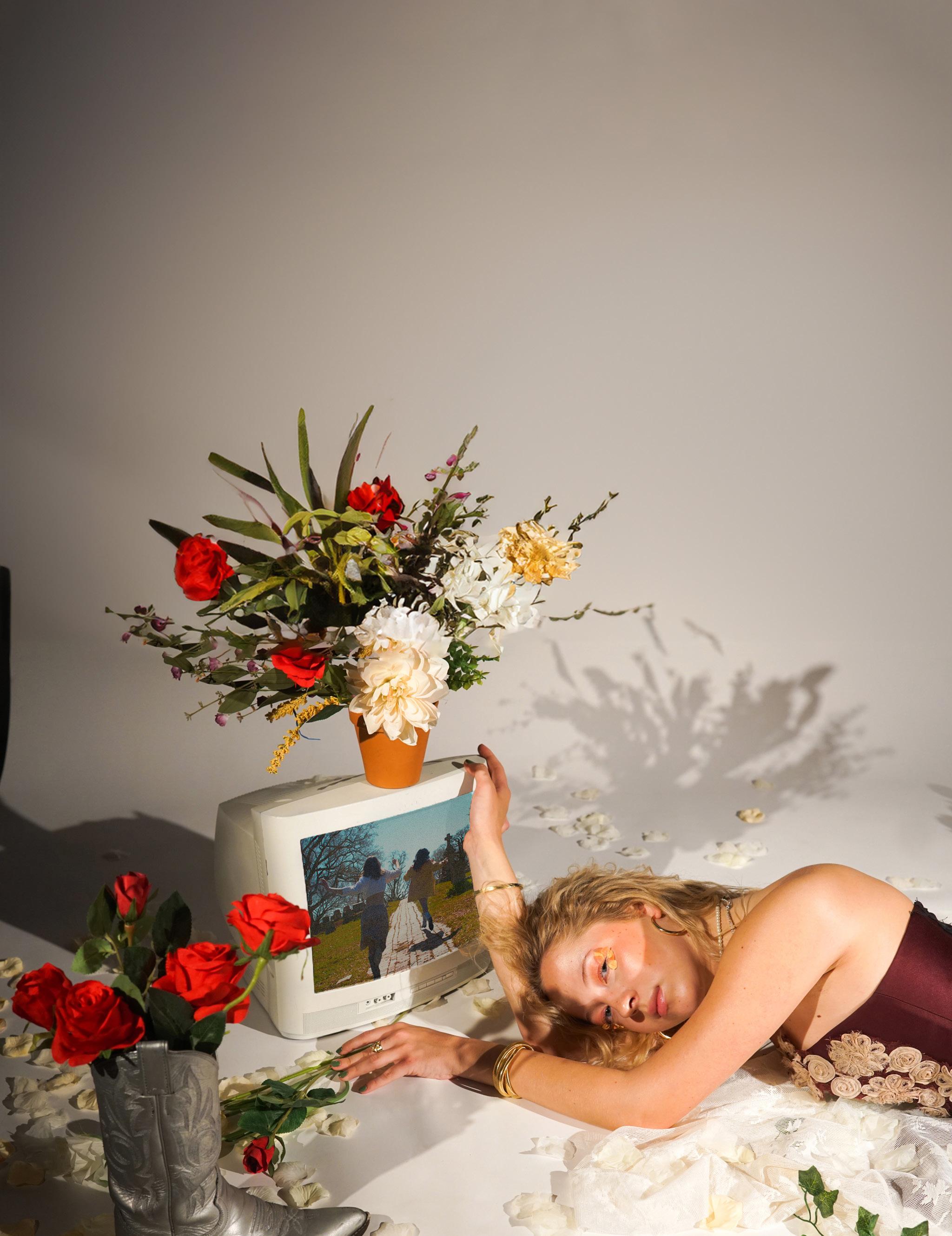
The Mirage Issue 41
DIRECTED BY DARYA AMERI, SARAHBELLE KIM, VICTORIA ROSA. STYLED BY JACKIE ERRERA, SAREENA PATEL, CAITLYN IACCINO. MAKEUP BY OLIVIA WENDEL. MODELED BY DOVILE JAKUTYTE. PHOTOGRAPHED BY GIULIANA ALLEVA. DESIGN BY JACKIE HU.
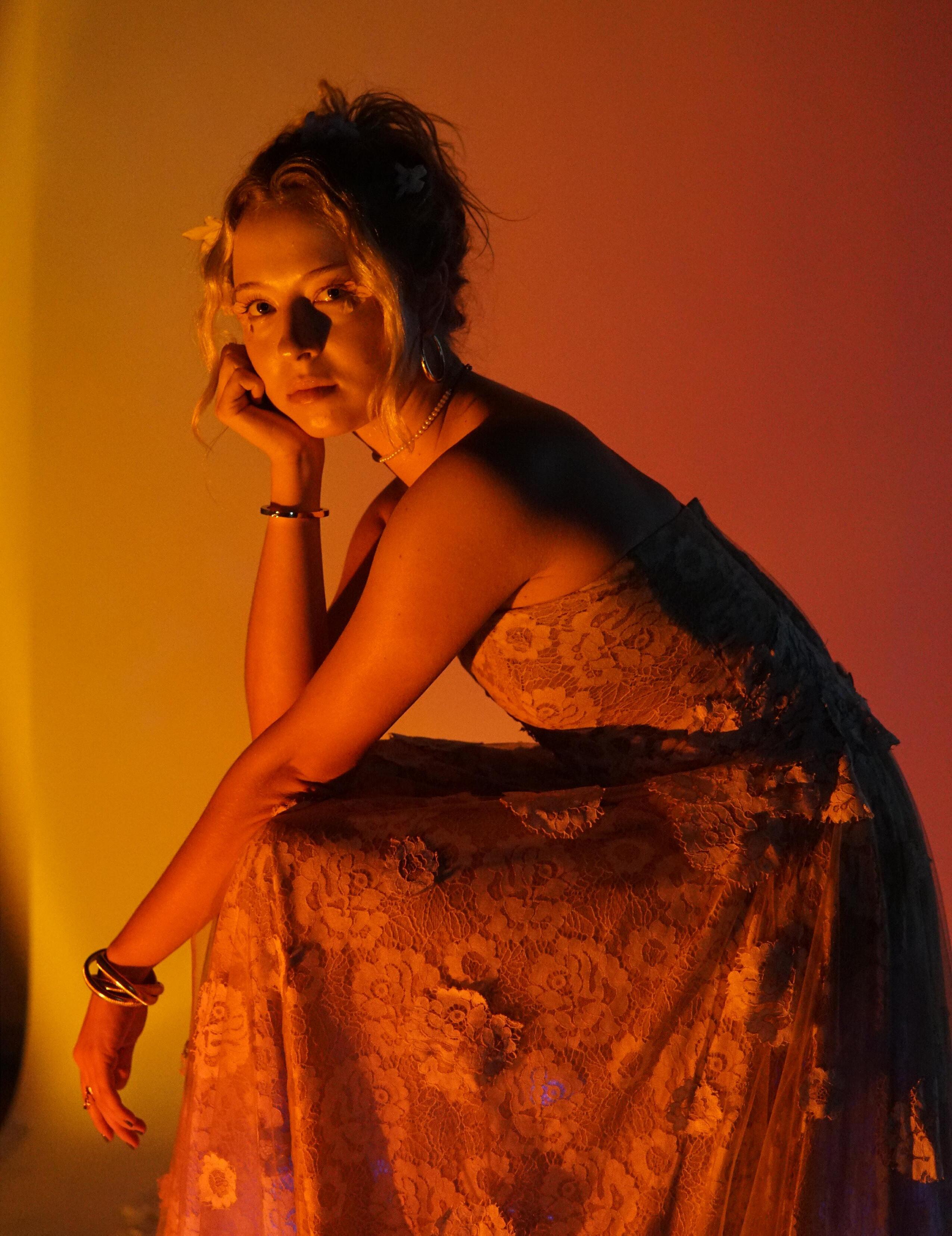
42 The WALK Magazine Spring 2024
DECEPTION DECEPTION on the RUNWAY
WRITTEN BY: CYNTHIA SCHNEIDER DESIGNED BY: JACKIE HU
Trompe l’oeil: how fashion tricks the eye
Fine art’s influence on fashion is ever-present in the use of deception in the modern-day runway show. This technique is known as “trompe l’oeil”—a French term coined in 1800 meaning “deceive the eye.” Trompe l’oeil is synonymous with realistic optical illusions. There are examples of its use in art dating back to Ancient Greece. It was introduced into fashion by Elsa Schiaparelli in the 1920s. Schiaparelli loved combining her love of fashion and surrealism into her work, and her first use of trompe l’oeil was her famous knit bow sweater. Now, multiple modern fashion designers love to play with perception and illusion in their runway shows.
A recent example of the employment of these artistic influences was during Bottega Veneta’s Fall/Winter 2022 show when Matthieu Blazy, the brand’s creative director, showed multiple head-to-toe denim looks on the runway. However, only those with a keen eye could see that these pieces were made of leather. The focus in this case was subverting with texture and materials used to create the illusion of a different look or texture.

Gucci has a history of using this through pieces that give the “illusion” of the texture of cartoon clothes with belts, buttons, and collars printed onto the garment in its Spring/Summer 2016 collection. Gucci’s most notable use was in their 2018 Cruise runway show. Gucci’s former creative director at the time, Alessandro Michele, said “I’m obsessed with trompe-l’oeil. I love the illusion. It’s something that is not really what you are seeing, you know.”
A trend in trompe l’oeil-inspired fashion is the image of the naked body. This was mainly started in the 1990s when Jean-Paul Gaultier showed the famous dot dresses that contoured in a way that mimicked the natural curvature of the body. This imagery has been used in many runway shows at different fashion houses, like Loewe, Fendi, Y/Project, and Balmain. It has since reached the general consumer market with many trendy dresses or shirts with a nude figure being worn by celebrities and influencers.
With fashion transitioning into the digital age, the discussion of illusions in fashion will be at the forefront. Technology like artificial intelligence or augmented reality may be utilized to create not only the illusion of clothes themselves but intricate pieces of art for the runway. The future of fashion is ever-changing in tandem with the world of technology and innovation, and it has a role in the trends that we are seeing in fashion over time.
The Mirage Issue 43
COUTURE’S BEST
ILLUSIONS: ILLUSIONS:
Fashion’s Mirage at the Met Gala
From Zendaya’s transformative Cinderella gown to Doja Cat’s Karl Lagerfeld tribute, the Met Gala has become a showcase of creativity and illusion, challenging the very notion of what fashion can be
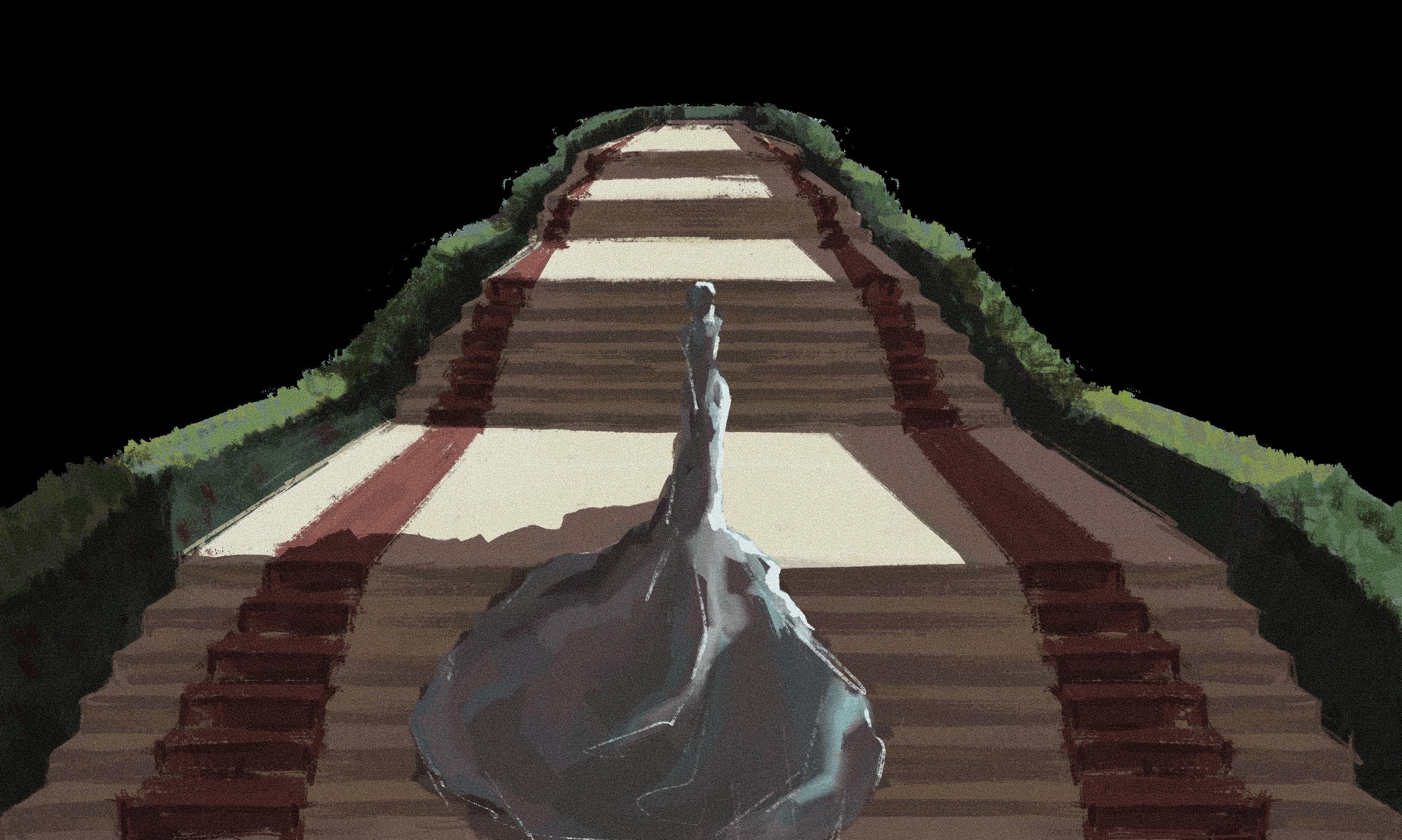
In the world of couture, nothing quite captivates the imagination like the Met Gala, an annual
event where artistry and the ethereal converge, giving rise to some of the most iconic looks. The theme of “Heavenly Bodies: Fashion and the Catholic Imagination” in 2018 set a new precedent, challenging attendees to delve deeper into the mirage of fashion, where things are not always as they seem. This introspection has led to unforgettable moments that reflect not just style, but storytelling at its most opulent.
Even since then, the Met Gala has transformed into more than just an event for the wealthy; it has become a showcase of creativity that often blurs the lines between reality and illusion. At the heart of this creativity was also the 2019 Met Gala, where Zendaya embodied a modern-day Cinderella in a transformative Tommy Hilfiger gown. The animatronic, crystal-gray silk dress seemed straight out of a fairy tale. As stylist Law Roach, playing the role of the fairy godmother, waved his wand, the fabric transfigured before our eyes. It changed from a gray to the true blue of Cinderella herself. This spectacle wasn’t just about rocking a stellar dress; it was like watching a fairy tale unfold live on the red carpet.
One can understand the meticulous planning and execution of this transformation as a nod to the behind-the-scenes craftsmen, whose brilliance often remains unseen, yet is integral to the fabric of the illusion. Through Instagram, Zendaya paid tribute to these unsung heroes, offering fans a peek into the complexity of her enchanting ensemble. The video on her instagram, showing the dress’s magical transformation in a fitting of hers, was captioned: “Underneath the magic. Thank you to all the very very smart people who somehow built and made this dress work.”
The “Heavenly Bodies” theme, of 2019, was a testament to Catholic imagination, a concept set against the backdrop of the Met’s medieval art and the Sistine Chapel. The exhibition intertwined fashion with religious art, prompting a discussion that explored the contentious yet inspiring intersection of faith and fashion.
Doja Cat’s homage at the 2023 Met Gala followed suit, intertwining meticulous craftsmanship with a nod to the late Karl Lagerfeld. Her ensemble, a custom Oscar De La Renta gown with a 17-carat headpiece, required four hours of prosthetics, mirroring the dedication Lagerfeld himself placed on the details that often go unnoticed. The look was a tribute not only to her stage name and Lagerfeld’s beloved pet Choupette but also an embodiment of the Met Gala’s ethos— where the seen and unseen layers of fashion combine to create something truly magical.
This exploration of the “Heavenly Bodies” theme and the iconic looks that have graced the Met’s staircase over the past decade demonstrates the Gala’s unique ability to serve as a mirage of fashion—where the line between costume and couture is blurred. Each year, the Met Gala challenges the notion of what fashion can be, proving that the most memorable outfits are those that dare to embrace the theme wholeheartedly, transforming not just fabric, but the very air around them into a story worth telling.
WRITTEN BY LUCAS BRIENZA
DESIGNED BY YVETTE YAO
ILLUSTRATED BY EECHO YUAN
The Mirage Issue 45


46 The WALK Magazine Spring 2024
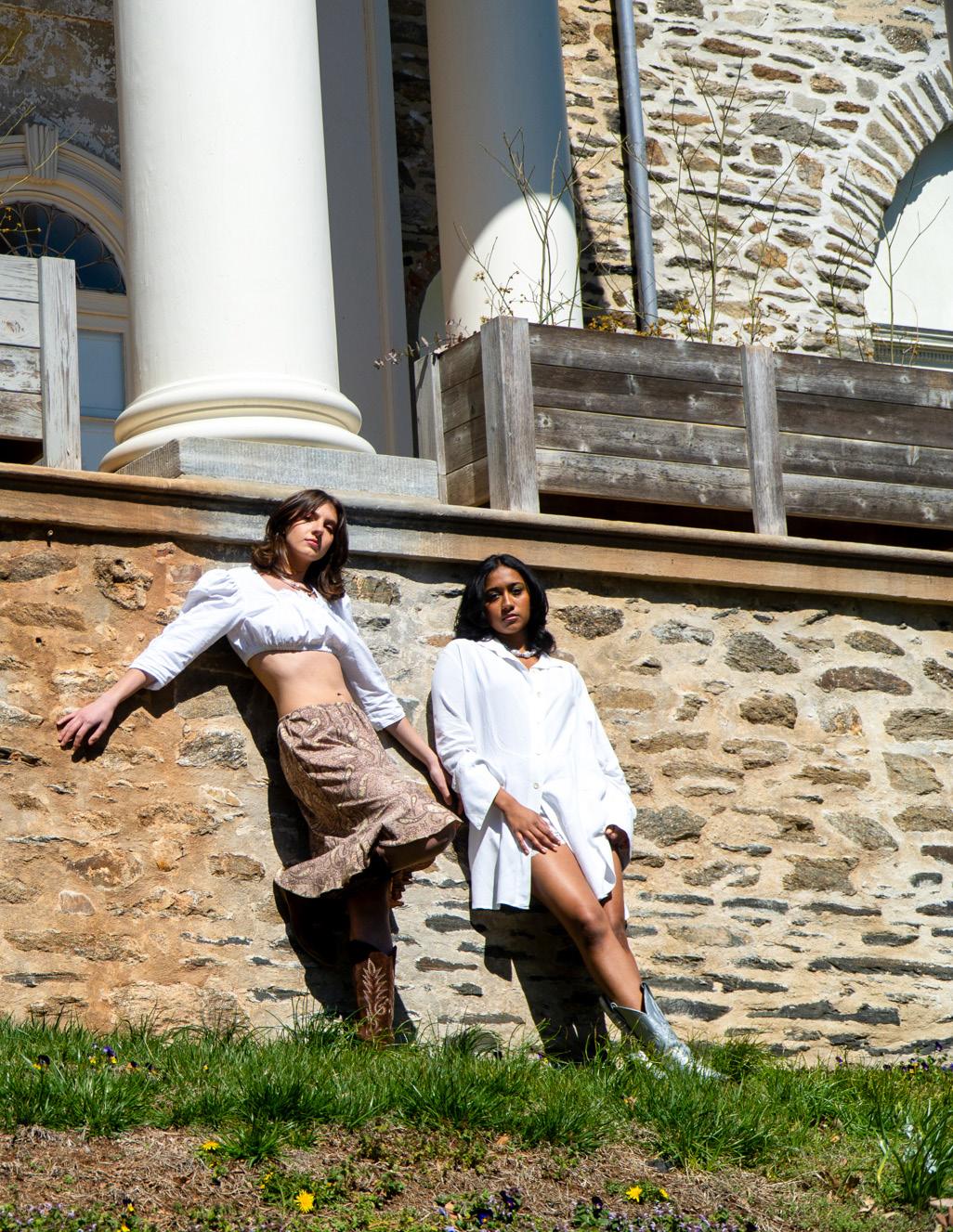
The Mirage Issue 47

DIRECTED BY DARYA AMERI, SARAHBELLE KIM, VICTORIA ROSA. STYLED BY JACKIE ERRERA, SAREENA PATEL, CAITLYN IACCINO.
MAKEUP BY DARYA AMERI, OLIVIA WENDEL. MODELED BY ZOE MILLSTEIN, NEILA KALIPERSAD. PHOTOGRAPHED BY JERRY CAI, ERICA WIGUNA. DESIGN BY JACKIE HU.
48 The WALK Magazine Spring 2024
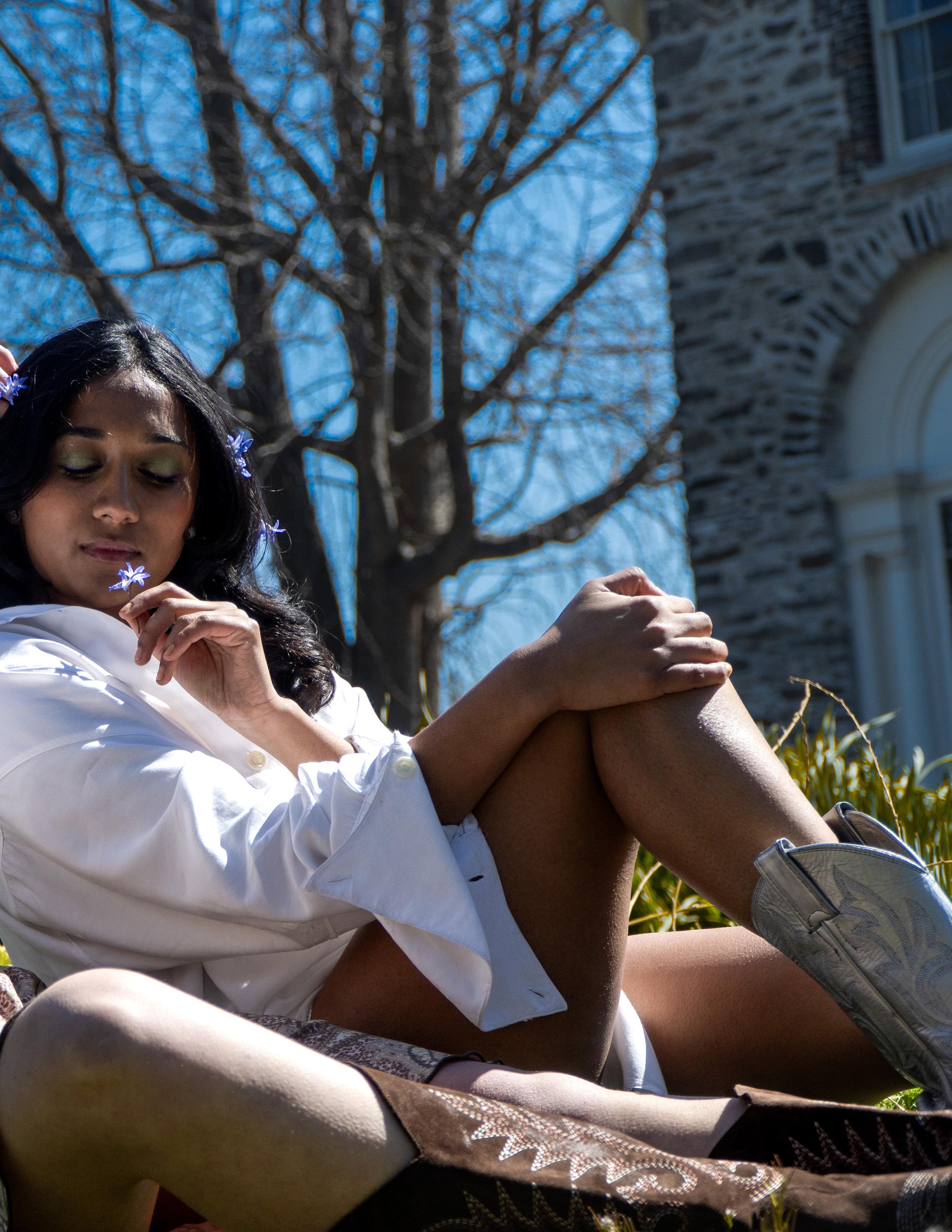
The Mirage Issue 49

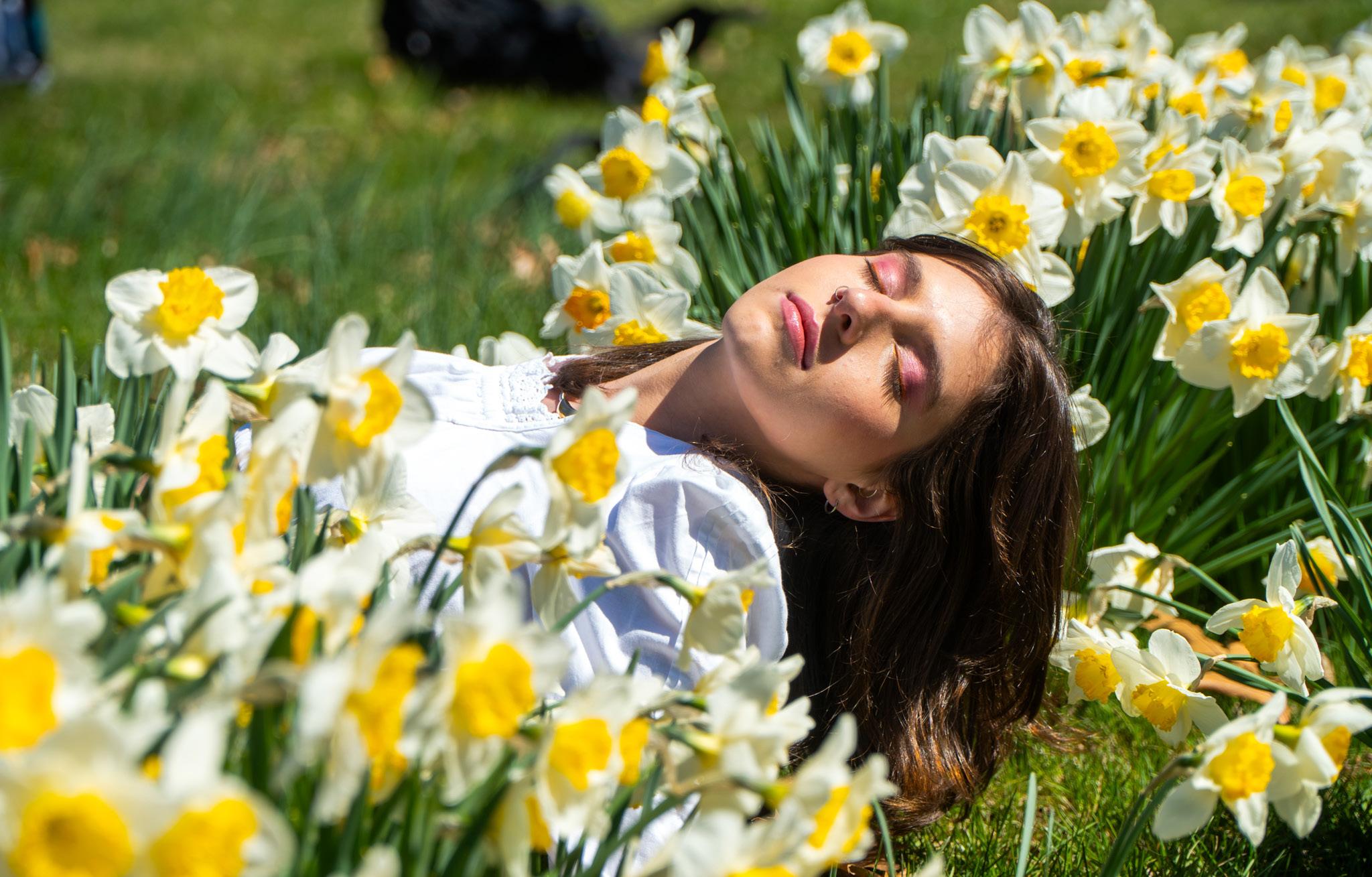
50 The WALK Magazine Spring 2024
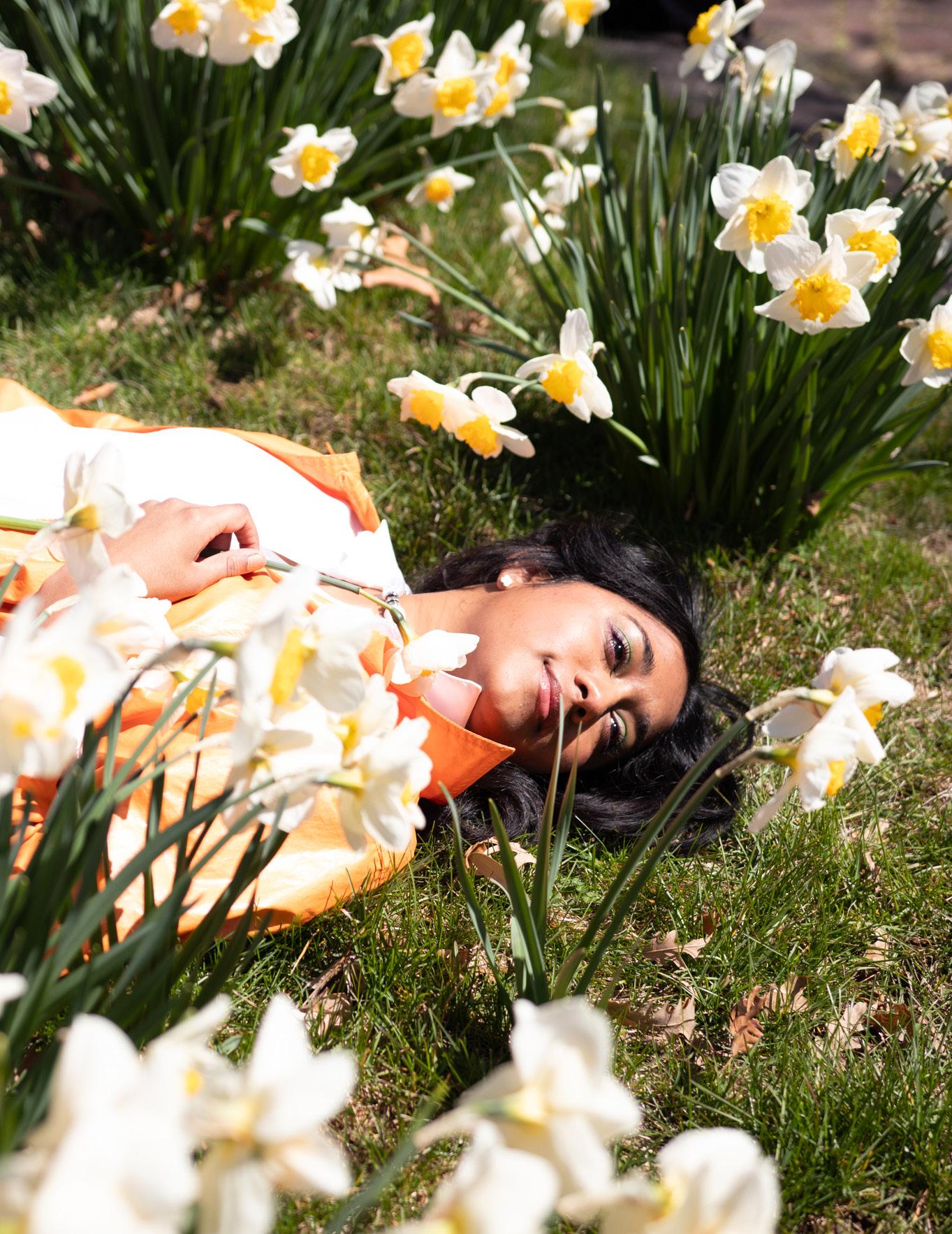
The Mirage Issue 51
stitches at an exhibition
Unearthing the storied artifacts in my wardrobe
Growing up, my bedroom was the final destination for all hand-me-downs. Such was my fate as the youngest of three sisters; admittedly, it could be both a blessing and a curse. On occasion I would receive something I had been eyeing in their rooms already, like an embroidered baseball cap or a pair of aviator sunglasses, but the donations usually resembled a lost-and-found pile. Once, I returned home from school and discovered my sister’s fourth-grade Halloween costume—consisting of a neon green dress and a collar of six colossal orange flower petals—hanging in my closet, unsuccessfully masquerading as an outfit of my own. “I didn’t think you would notice,” she quipped when I asked her how it had made its way into my room. The next day, I shoved it back into her wardrobe.
For a while I was exasperated by the miscellaneous items spawning in my room, but upon the rise of secondhand shopping, vintage aesthetics, and pandemic-induced boredom, collecting pieces from my family members became my favorite pastime. I made a habit of rummaging through any closet in my house that wasn’t mine. It’s a bit of a hack: if I’m the one doing the rummaging, I get some say in what comes back with me. One time, midway
My mother
Red varsity jacket, circa 1990
Elastane, cotton, aluminum
Acquired 2021
Three years ago, I inherited a red varsity jacket from my mom. (By “inherited,” I mean that I asked if I could have it, and she reluctantly agreed.)
Despite my adamance that I would wear it, she remained skeptical. I packed it with me when I left for college, and wore it so often that a friend once spotted me from down the block and told me he “would recognize that jacket anywhere.”
through my freshman year of college, I cracked open the door to my mother’s bedroom. She immediately asked, in Mandarin: “Here to shop again?” (I was, and I returned triumphantly with a fabulous assortment.) My collection gradually morphed away from the catch-all donation bin it once was, and the racks in my closet are currently home to my grandmother’s quilted vest, several of my mother’s ornate blouses from the ‘80s, and my father’s navy blue cardigan.
Looking back, I think my interest in fashion first appeared around age eight, somewhat fueled by a Project Runway–branded tracing contraption that I received for my birthday, which aided me in crudely sketching clothing on croquis. It expanded further at age eleven when I attended a weeklong sewing camp and temporarily adopted it as my personality, and I continued to frequent my local mall all throughout high school, perusing the limited selections in an attempt to mold my own sartorial identity. But years later, at some arbitrary yet pivotal point, I started to notice the potential for clothing to be more than a costume of my aspirations. My thrift store–esque closet became a museum to me, home to priceless pieces.
Whenever my mom sees me wearing the jacket, she can’t help but comment on just how old it is. She isn’t wrong—she bought it in Taiwan decades ago, and any evidence of her wearing it exists only in physical photo albums—but it certainly looks marvelous for its age; other than minorly scratched buttons and some pilling on the sewn-on patches, the jacket is pristine. It has the words “To Count and Gina” plastered on it in several spots, and I’ve never been able to figure out what that means. (Many garments in Taiwan are similarly adorned with nonsensical English words.) In many ways, the jacket is just like my mom herself: resilient, easy to compliment, and endearingly silly sometimes. I hope there comes a day where I can exude the same vivacity that she does, but for now I have settled with simply wearing her clothes.
52 The WALK Magazine Spring 2024
My sister
Pink pajama pants, circa 2012
Polyester, acrylic (presumed)
Acquired circa 2016
I don’t remember exactly why my sister gave me her old pajama pants; she used to wear them religiously, and they certainly still fit her. I’m also unsure why I wear them, but every time I go home to California, even now, they become my nightly uniform. I imagine they were once much cozier, but were put through the washing machine so many times that the fuzz was flattened entirely. Underneath the magenta polka dots lies a faded bubblegum pink base. I always use the drawstring to keep the comically large waist from falling down, but they’re too long on me, so the bottom grazes the floor anyway. I suppose it shouldn’t surprise me that I gravitate toward wearing my sisters’ clothes when I seek comfort; they have been beacons of hope for me in my toughest moments, not to mention the source of at least half of my personality. I spent a summer living with one of them when we were working in the same city, and it is truly a miracle that we didn’t return home as Siamese twins. Our mom later expressed concern that us living together would lead us to make no other friends; we exchanged knowing glances and responded that that would be ideal.
In hindsight, it’s funny that they used to offload clothes to me; somewhere along the way, the flow of traffic reversed. I remember searching high and low for one of my shirts, only to see one of my sisters wearing it at Disneyland in her Instagram post the next day. Nowadays, we share so much clothing that it’s hard to imagine that our closets sit in three separate rooms; my second oldest sister frequently marches directly into my closet and announces that she is “pilfering.” The evolution of our clothing exchange is reminiscent of our relationship. I am six and eight years younger than them, so we weren’t always as close-knit as we are now. And if you ask them when we went from being two babysitters and a liability to the three musketeers, they’ll probably tell you that it was when I “became a whole person”—that is, when I grew up (though they still refer to me as their baby sister). Either way, a temporarily missing shirt or pair of pants every once in a while seems a small price to pay for being lucky enough to have two built-in best friends.
NET Taiwan
Baby blue floral sundress, 2022
Polyester
Acquired 2022
The summer after sophomore year of college, I spent six weeks in Taiwan, mainly for an internship but also to visit family and enjoy a bit of a vacation. It was certainly memorable; it was the first time I had ever traveled to Taiwan on my own, and once I had battled my way through the then-mandatory hotel quarantine with my somewhat broken Mandarin, I took every opportunity I could to redo my entire wardrobe. I don’t think I’ve gone more than two or three days without wearing something I bought on that trip.
My grandmother and aunt live in Taipei, in the same apartment that my dad was raised in. For COVID safety reasons, we largely stayed masked and socially distant when we met that summer, but we did get to eat together once. I was wearing a blue floral sundress that day, and my grandmother asked where it was from. I informed her that it was one of several recent purchases from NET, a Taiwanese brand that my sisters and I have purchased from on every trip to Taiwan since I was seven. She raised a quizzical brow and asked how it could look so nice. I didn’t have a good answer for her, but I remember that as a compliment every time I wear the dress.
These days when I open my closet doors, I am pleasantly reminded that I am a mosaic of everyone I have ever known. The fabric of my existence is woven with the people I love, the places I have been, and the stories I have to tell.
All I can say is, I hope the hand-me-downs keep coming.
WRITTEN BY: ADELYN CHEN
DESIGNED BY: JACKIE HU
The Mirage Issue 53
SENIOR SPOTLIGHT: CLASS 2024OF
The WALK would be nowhere without the expertise, vision, and initiative that our seniors bring to the team. Each of these wonderful seniors were integral to producing the website and magazine that we’ve all come to cherish, and their personal contributions brought life and spirit to The WALK’s legacy. From their stunning sense of style to their passion and drive, the seniors of The WALK inspire our staff every day to excel at life and look fabulous while doing it. Here’s a tribute to our class of 2024…



54 The WALK Magazine Spring 2024

DARYA AMERI
POSITION Co-Creative Director
MAJOR Nursing + Minor in Design
POST-GRAD PLANS RN at Memorial Sloan Kettering + fashion/magazine related role in NYC hopefully

FAVORITE CLOSET PIECE Long black leather & fur coat
WHAT HAVE YOU LEARNED FROM THE WALK? I have learned that people with even the most distinct/ diverse backgrounds, ethnicity, home place, experiences, etc, can really come together in their creative interests and find a common ground to make something amazing and original like The WALK!
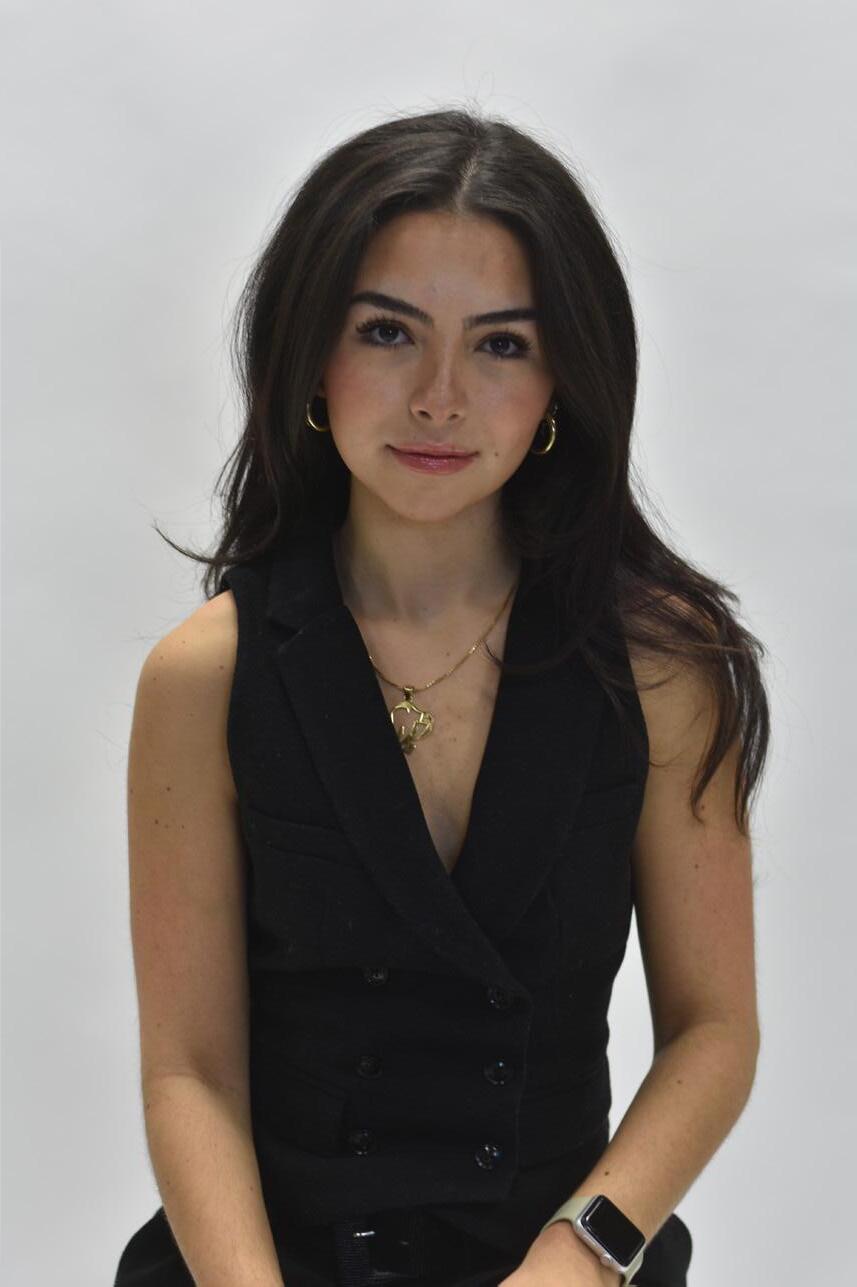

ADELYN CHEN
POSITION Editor-in-Chief
MAJOR Finance + Minor in Computer Science
POST-GRAD PLANS Consulting in Chicago
FAVORITE CLOSET PIECE Reddish-brown, square toe boots from Jeffrey Campbell!
WHAT HAVE YOU LEARNED FROM THE WALK? I’ve learned to cherish the beautiful chaos that comes with creating something as wonderful as our print magazine—the result is always stunning, but the process is just as amazing!

The Mirage Issue 55

RENE CHEN
POSITION Videography Director
MAJOR Communication + Minor in Consumer Psychology
POST-GRAD PLANS Digital Growth and Retention
Intern at CHANEL in New York City
FAVORITE CLOSET PIECE My mom’s vintage Dior baby tee
WHAT HAVE YOU LEARNED FROM THE WALK?
Fashion and passion can foster a warm and welcoming community that uplifts other creatives
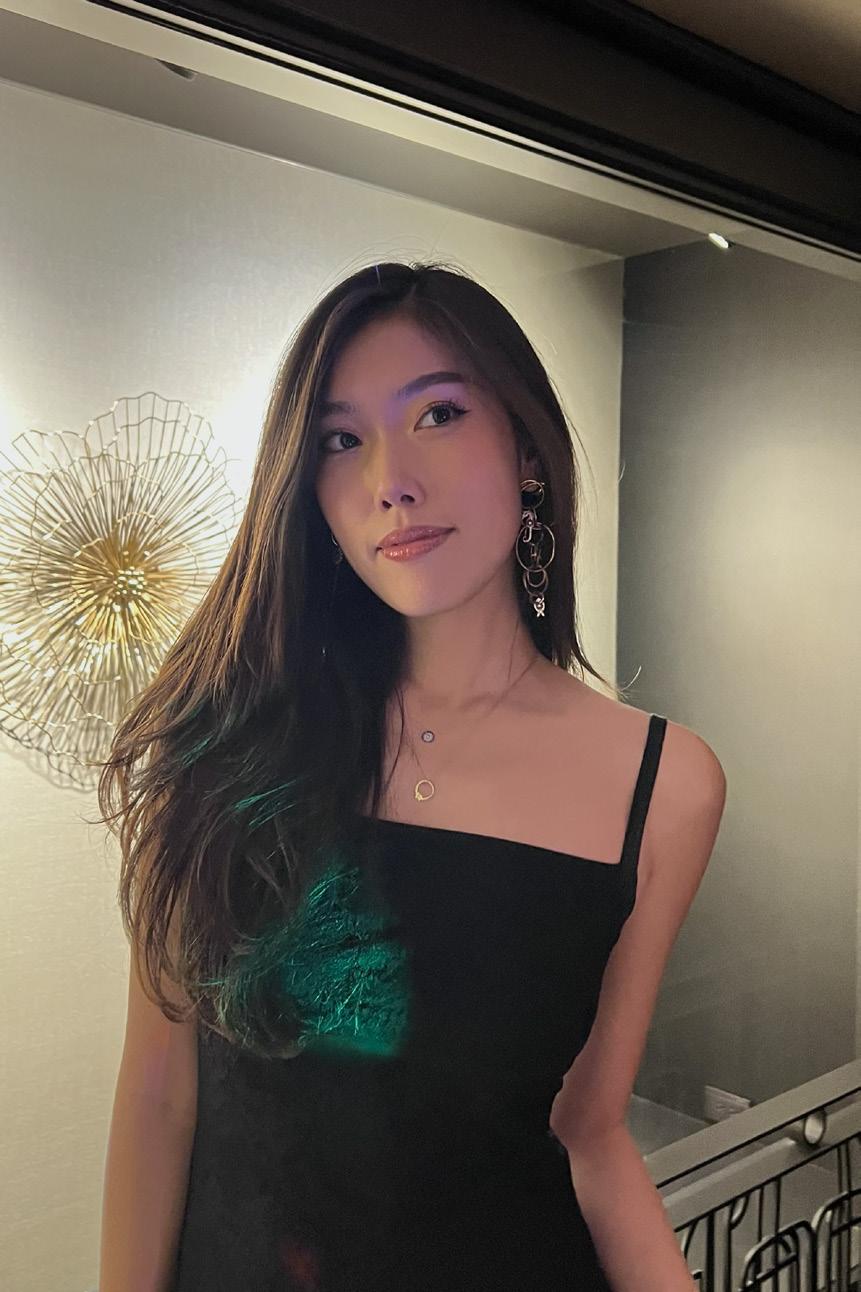

EUNICE CHONG
POSITION Editorial Copy Editor
MAJOR Finance, Business Analytics

POST-GRAD PLANS Consulting in Philly
FAVORITE CLOSET PIECE Black leather blazer passed down from my mom <3
WHAT HAVE YOU LEARNED FROM THE WALK? The WALK has allowed me to collaborate with so many diverse students and immerse myself in different projects. It’s served as a creative outlet for me, and I’ve learned to see even the simplest of things through different lenses and perspectives.
56 The WALK Magazine Spring 2024
SHRITHA MANDAVA
POSITION Editorial Writer
MAJOR Finance and Retailing
POST-GRAD PLANS Investment Banking in NYC
FAVORITE CLOSET PIECE My vintage black leather shoulder bag - you won’t catch me without it!
WHAT HAVE YOU LEARNED FROM THE WALK?
Penn can certainly feel like a bubble sometimes and The WALK taught me how beautiful it is when we put ourselves outside of that bubble. It’s so important to surround yourself with new perspectives and fuel your creativity outside the classroom.




ZOE MILLSTEIN
POSITION Web Editorial Director
MAJOR Urban Studies
POST-GRAD PLANS Um...
FAVORITE CLOSET PIECE A pink off-the-shoulder knit top with awesome slits in the front
WHAT HAVE YOU LEARNED FROM THE WALK?
Passion and fashion! On The WALK, I constantly discover new avenues to appreciate, discuss, and execute fashion, thanks to the creative minds on the team and with a special nod to my wonderful Web writers and editors.
The Mirage Issue 57

VICTORIA ROSA
POSITION Co-Creative Director
MAJOR Romance Languages
POST-GRAD PLANS Working at a law firm
FAVORITE CLOSET PIECE Probably my Miista boots. I think I’ll wear them forever.
WHAT HAVE YOU LEARNED FROM THE WALK? I’ve learned more than I ever could have imagined from The WALK. In addition to learning organizational and leadership skills from being Creative Director, I have learned so much about my passion for fashion, and that I truly love styling. I hope to later in life become a stylist and I know that my true passion is in fashion!

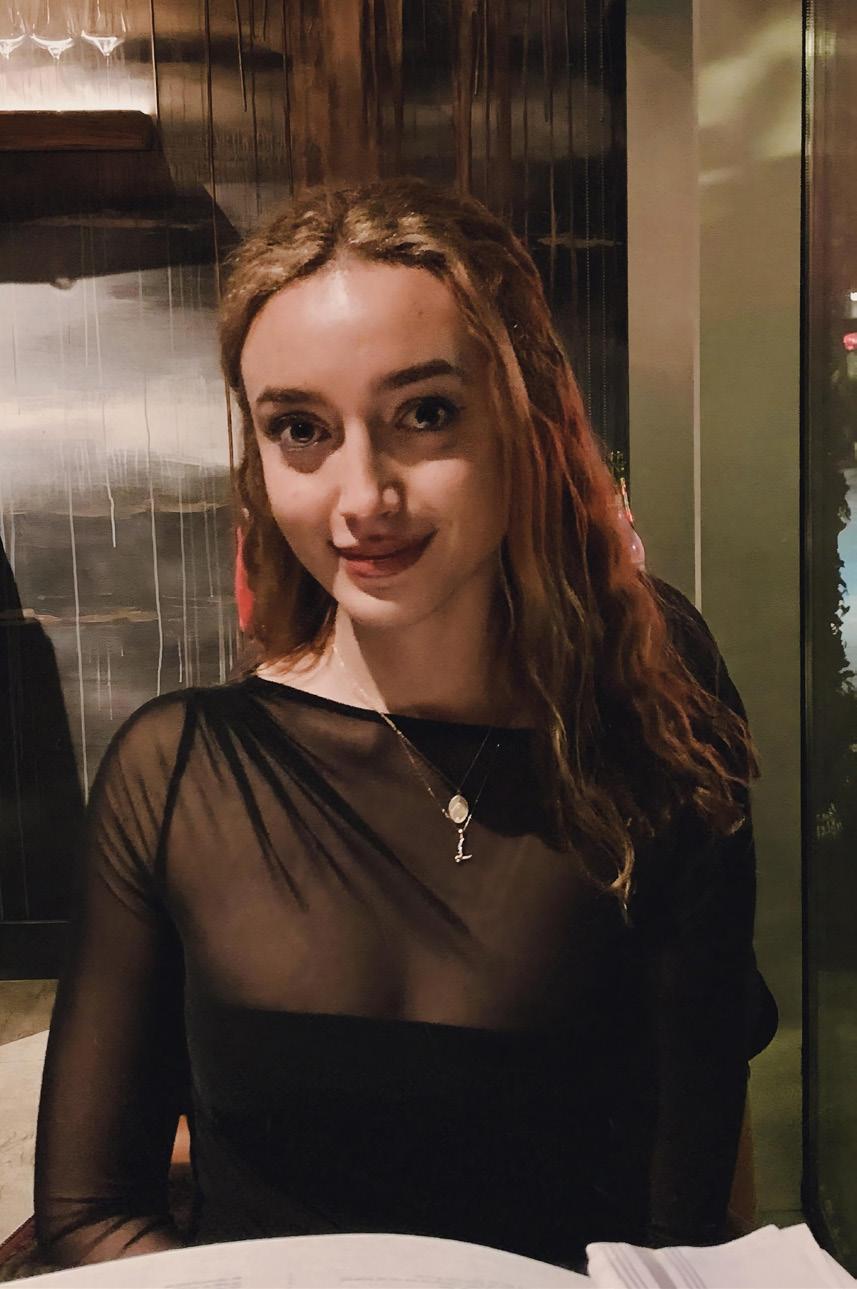
LOLA THROWER
POSITION Web Editorial Director
MAJOR Finance & International Studies

POST-GRAD PLANS Investment banking in the media sector
FAVORITE CLOSET PIECE Brown belted coat from Rouje and a Y2K cardigan I stole from my mom!
WHAT HAVE YOU LEARNED FROM THE WALK? To seek out and collaborate with diverse perspectives. Working with other teams and launching an integrated digital platform at Web to spotlight voices from Web Editorial and The WALK at large (Creative, Print, 27L designers, etc) felt so special and taught me so much.
58 The WALK Magazine Spring 2024
HANSIE WANG
POSITION Social Media Director

MAJOR Finance + Minor in Japanese POST-GRAD PLANS Study abroad in Japan for a semester (then graduating)
FAVORITE CLOSET PIECE Dior necklace I thrifted in Japan
WHAT HAVE YOU LEARNED FROM THE WALK? That fashion was a form of artistic expression. Creating content for the WALK let me push my boundaries of creativity along with my amazing team, which helped me bring my vision to life. The WALK has also allowed me to grow my love for clothes by being connected in a community with like-minded, fashion-forward peers.

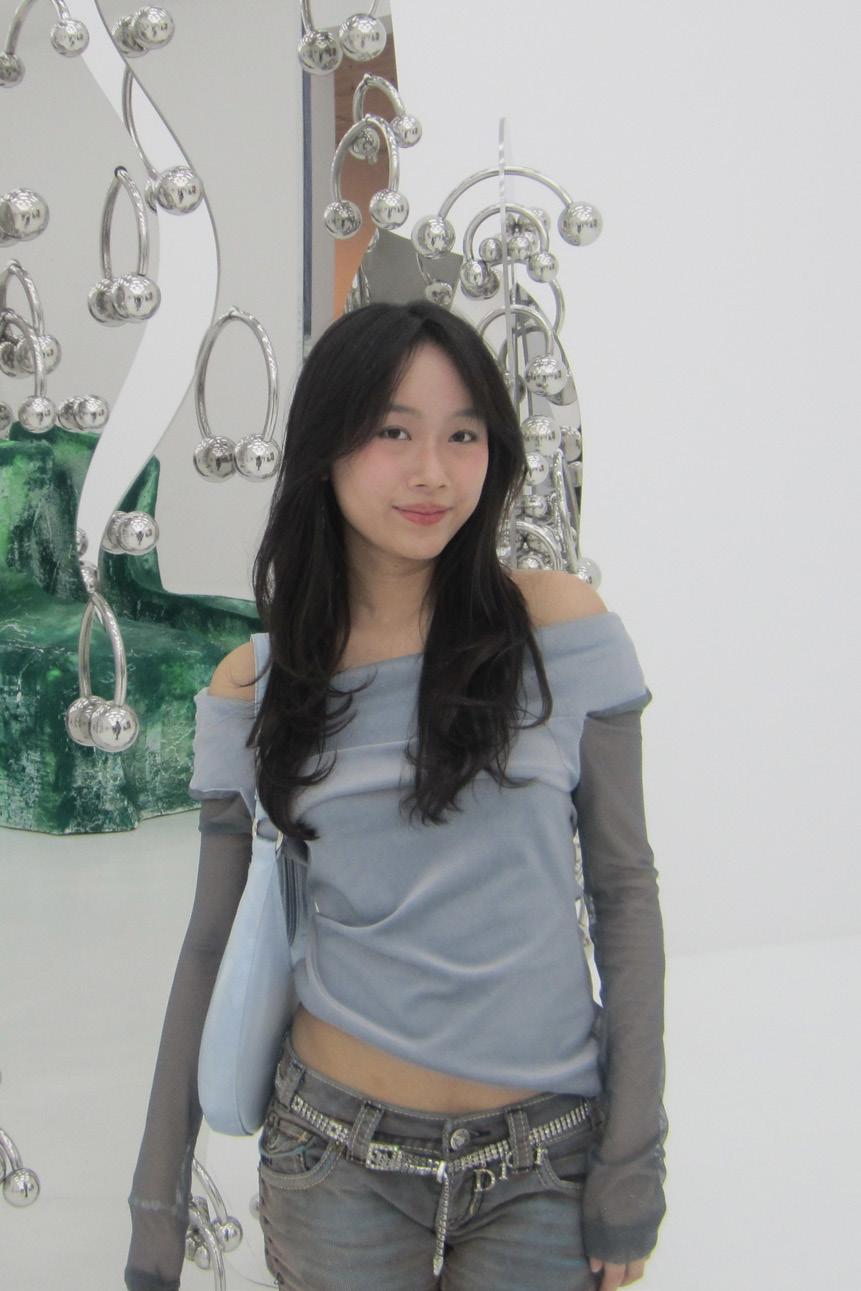

The Mirage Issue 59



The WALK Magazine Spring 2024 The Mirage Issue Copyright © 2024 The WALK Magazine. No part of this publication may be altered or reproduced without the express written consent of The WALK Magazine. For all inquiries, please email thewalkmag@gmail.com. All rights reserved. TW/S19-100A thewalkmag.com • @thewalkmag WANT MORE?














 Adelyn Chen Editor-in-Chief
Adelyn Chen Editor-in-Chief



















































 WRITTEN
WRITTEN






































